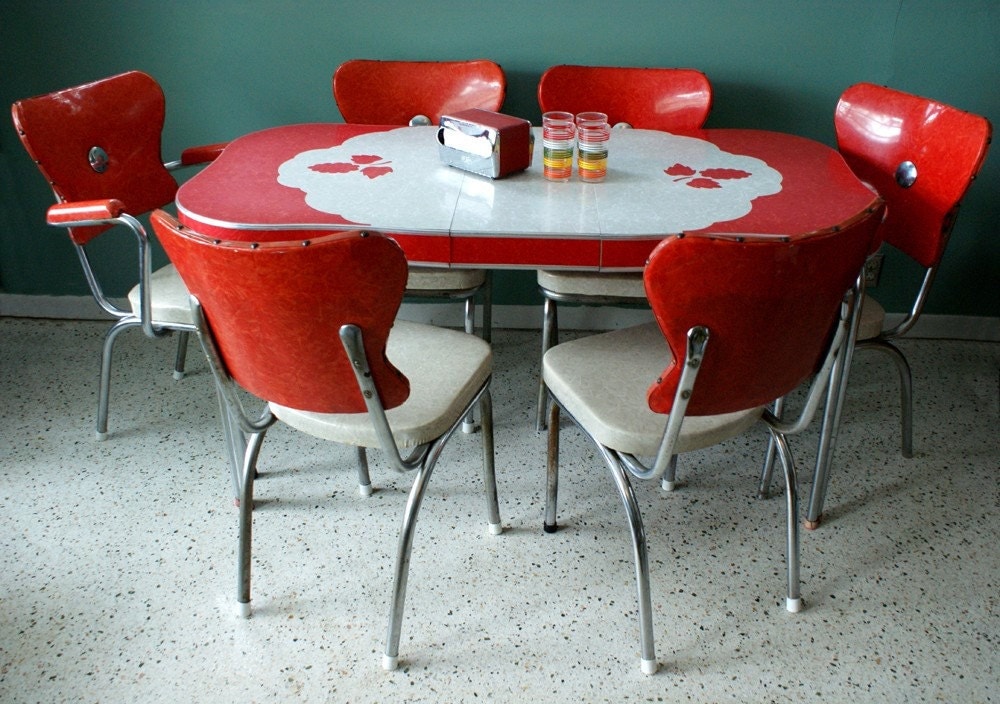When it comes to creating a tranquil and peaceful living space, the Japanese style is the perfect inspiration. With its focus on natural materials, minimalism, and zen elements, a Japanese living room design can bring a sense of calm and balance to any home. Here are 10 ideas to help you achieve a serene and stylish Japanese-style living room.Japanese Style Living Room Ideas
The key to a Japanese living room design is simplicity and balance. Start by decluttering your space and keeping only the essential furniture and decor. Stick to a neutral color scheme with pops of muted colors for a calming effect. Incorporate natural materials such as wood, bamboo, and paper to add warmth and texture to the room.Japanese Living Room Design
A staple in Japanese homes, tatami mats are traditional flooring made from woven straw. They add a natural and organic element to the room and are perfect for sitting, sleeping, or practicing yoga. You can either cover the entire floor with tatami mats or use them to create a designated sitting area in your living room.Tatami Mats
In a Japanese-style living room, a futon sofa is a must. Not only does it add to the minimalistic look, but it also serves as a comfortable seating option for guests or a cozy spot for lounging. Opt for a low-lying futon with a simple design to stay true to the Japanese aesthetic.Futon Sofa
Another essential element in Japanese interior design is shoji screens. These sliding doors are made from a wooden frame and translucent paper, allowing natural light to filter through while maintaining privacy. They can also be used as room dividers, adding a touch of elegance and functionality to your living room.Shoji Screens
Zen is a fundamental aspect of Japanese culture, and incorporating zen decor into your living room is a great way to achieve a peaceful and harmonious atmosphere. This can include elements such as a small indoor waterfall, a zen garden, or a meditation corner with a cushion and incense holder.Zen Decor
When choosing furniture for your Japanese-style living room, less is more. Stick to clean lines, simple designs, and natural materials. Avoid bulky or ornate pieces and opt for low-lying furniture that creates an open and airy feel in the room. Remember to keep the color palette neutral to maintain a sense of calm.Minimalist Furniture
Incorporating natural materials into your living room is key to achieving a Japanese-inspired space. Along with tatami mats and shoji screens, you can add elements such as a bamboo rug, a wooden coffee table, or a woven basket for storage. These materials will add warmth, texture, and a sense of nature to your living room.Natural Materials
In addition to shoji screens, you can also incorporate sliding doors into your living room design. These doors can be made from wood, paper, or glass, and they add a touch of elegance and functionality to your space. They also allow for natural light to flow through and create a seamless transition between indoor and outdoor spaces.Sliding Doors
Bringing nature indoors is a significant aspect of Japanese interior design. Adding indoor plants to your living room not only enhances the aesthetic but also promotes a sense of tranquility and well-being. Choose plants that are easy to care for, such as bamboo, bonsai trees, or peace lilies.Indoor Plants
Incorporating Natural Elements into Your Japanese Style Living Room

Bringing the Outdoors In
 Japanese style living rooms are known for their peaceful and serene atmosphere, often achieved through the incorporation of natural elements. One way to achieve this is by bringing the outdoors in.
Featured keywords: natural elements, peaceful, serene, atmosphere
You can do this by adding plants, such as bonsai trees or bamboo, to your living room space. These plants not only add a touch of greenery, but they also bring in a sense of balance and harmony, which is essential in Japanese design. Additionally, you can incorporate natural materials, such as wood and stone, into your furniture and decor. This will not only add warmth and texture to your living room, but it will also create a connection to nature.
Related main keywords: plants, greenery, balance, harmony, natural materials
Japanese style living rooms are known for their peaceful and serene atmosphere, often achieved through the incorporation of natural elements. One way to achieve this is by bringing the outdoors in.
Featured keywords: natural elements, peaceful, serene, atmosphere
You can do this by adding plants, such as bonsai trees or bamboo, to your living room space. These plants not only add a touch of greenery, but they also bring in a sense of balance and harmony, which is essential in Japanese design. Additionally, you can incorporate natural materials, such as wood and stone, into your furniture and decor. This will not only add warmth and texture to your living room, but it will also create a connection to nature.
Related main keywords: plants, greenery, balance, harmony, natural materials
Minimalism and Simplicity
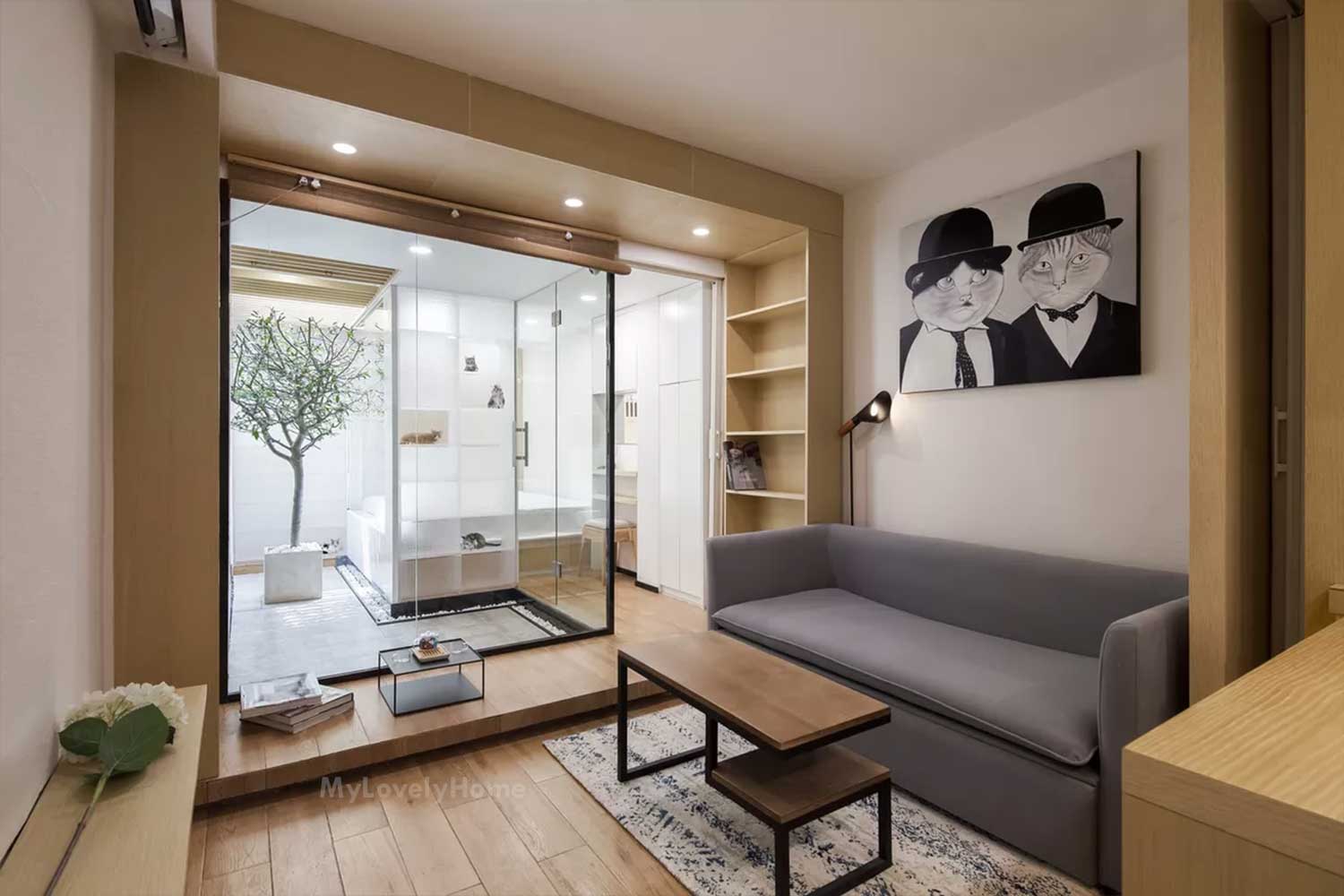 Another key aspect of Japanese style living rooms is their minimalistic and simplistic design. The Japanese philosophy of “less is more” is evident in their interior design, where clutter is kept to a minimum. This creates a clean and uncluttered space, allowing for a sense of calm and tranquility. To achieve this in your living room, opt for furniture and decor with clean lines and simple designs.
Featured keywords: minimalistic, simplistic, clutter, clean, uncluttered, calm, tranquility
Keep the color palette neutral and add pops of color through small accents, such as pillows or artwork. This will create a sense of balance and harmony in your living room, in line with Japanese design principles.
Related main keywords: furniture, decor, clean lines, simple designs, color palette, neutral, pops of color, balance, harmony
Another key aspect of Japanese style living rooms is their minimalistic and simplistic design. The Japanese philosophy of “less is more” is evident in their interior design, where clutter is kept to a minimum. This creates a clean and uncluttered space, allowing for a sense of calm and tranquility. To achieve this in your living room, opt for furniture and decor with clean lines and simple designs.
Featured keywords: minimalistic, simplistic, clutter, clean, uncluttered, calm, tranquility
Keep the color palette neutral and add pops of color through small accents, such as pillows or artwork. This will create a sense of balance and harmony in your living room, in line with Japanese design principles.
Related main keywords: furniture, decor, clean lines, simple designs, color palette, neutral, pops of color, balance, harmony
Traditional Japanese Elements
 To truly embrace Japanese style in your living room, consider incorporating traditional Japanese elements. These could include shoji screens, tatami mats, and sliding doors. These elements not only add a touch of authenticity to your living room, but they also serve a functional purpose. Shoji screens, for example, can be used to divide a space or act as a backdrop for a decorative piece. Tatami mats, on the other hand, are used as flooring and add a sense of warmth and texture to the room.
Featured keywords: traditional Japanese elements, authenticity, functional, shoji screens, tatami mats, sliding doors, backdrop, warmth, texture
By incorporating these elements, you can create a truly Japanese-inspired living room that is both beautiful and functional.
Related main keywords: flooring, warmth, texture, Japanese-inspired
To truly embrace Japanese style in your living room, consider incorporating traditional Japanese elements. These could include shoji screens, tatami mats, and sliding doors. These elements not only add a touch of authenticity to your living room, but they also serve a functional purpose. Shoji screens, for example, can be used to divide a space or act as a backdrop for a decorative piece. Tatami mats, on the other hand, are used as flooring and add a sense of warmth and texture to the room.
Featured keywords: traditional Japanese elements, authenticity, functional, shoji screens, tatami mats, sliding doors, backdrop, warmth, texture
By incorporating these elements, you can create a truly Japanese-inspired living room that is both beautiful and functional.
Related main keywords: flooring, warmth, texture, Japanese-inspired
Conclusion
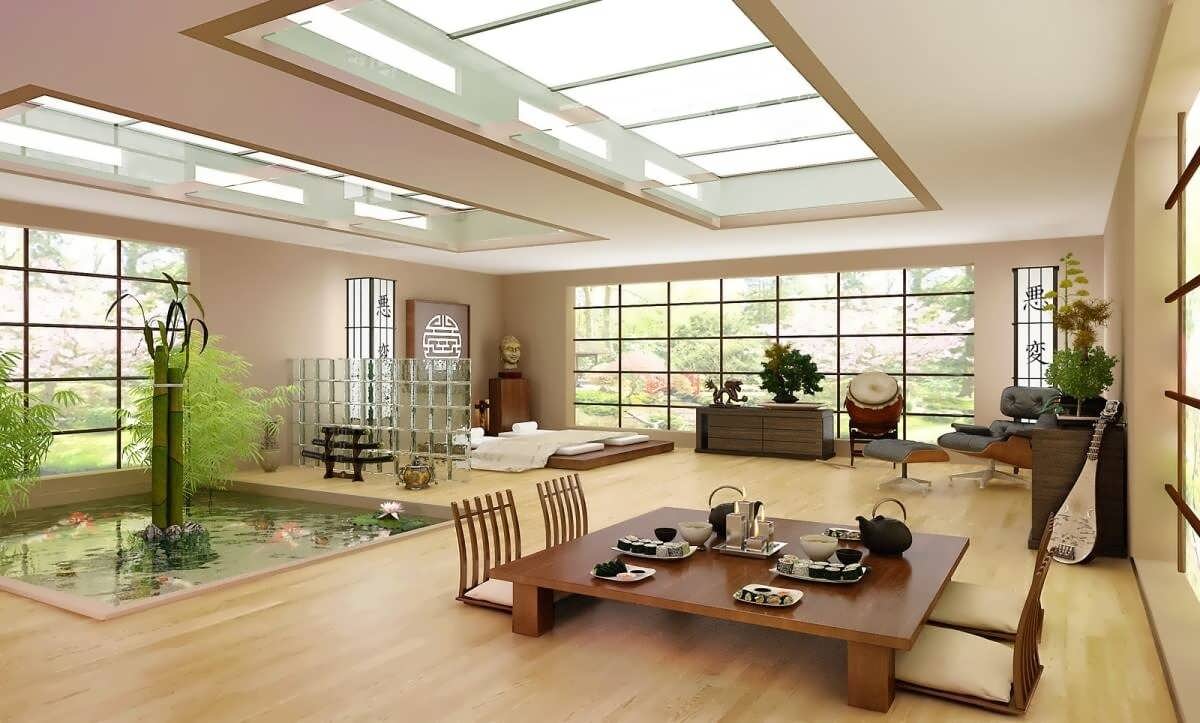 In conclusion, designing a Japanese style living room is all about creating a space that is peaceful, simple, and connected to nature. By incorporating natural elements, embracing minimalism and simplicity, and adding traditional Japanese elements, you can achieve a harmonious and serene living room that is both functional and aesthetically pleasing.
Featured keywords: peaceful, simple, connected to nature, minimalism, simplicity, traditional Japanese elements, harmonious, serene, functional, aesthetically pleasing
So why not bring a touch of Japanese design into your home and create a living space that promotes a sense of calm and balance?
In conclusion, designing a Japanese style living room is all about creating a space that is peaceful, simple, and connected to nature. By incorporating natural elements, embracing minimalism and simplicity, and adding traditional Japanese elements, you can achieve a harmonious and serene living room that is both functional and aesthetically pleasing.
Featured keywords: peaceful, simple, connected to nature, minimalism, simplicity, traditional Japanese elements, harmonious, serene, functional, aesthetically pleasing
So why not bring a touch of Japanese design into your home and create a living space that promotes a sense of calm and balance?


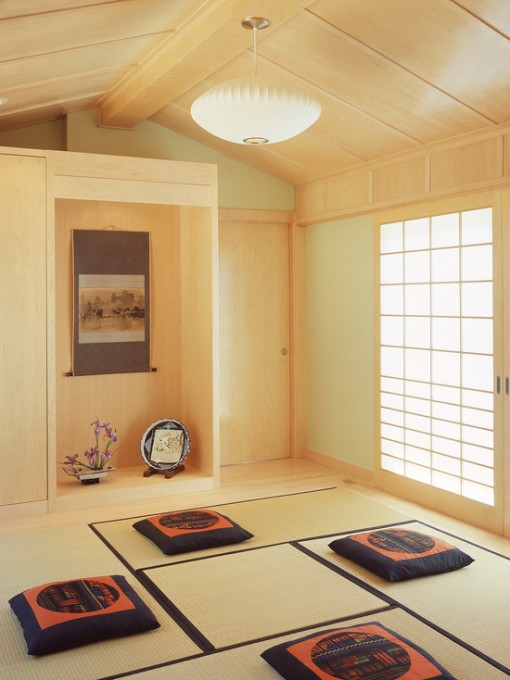
.jpg)
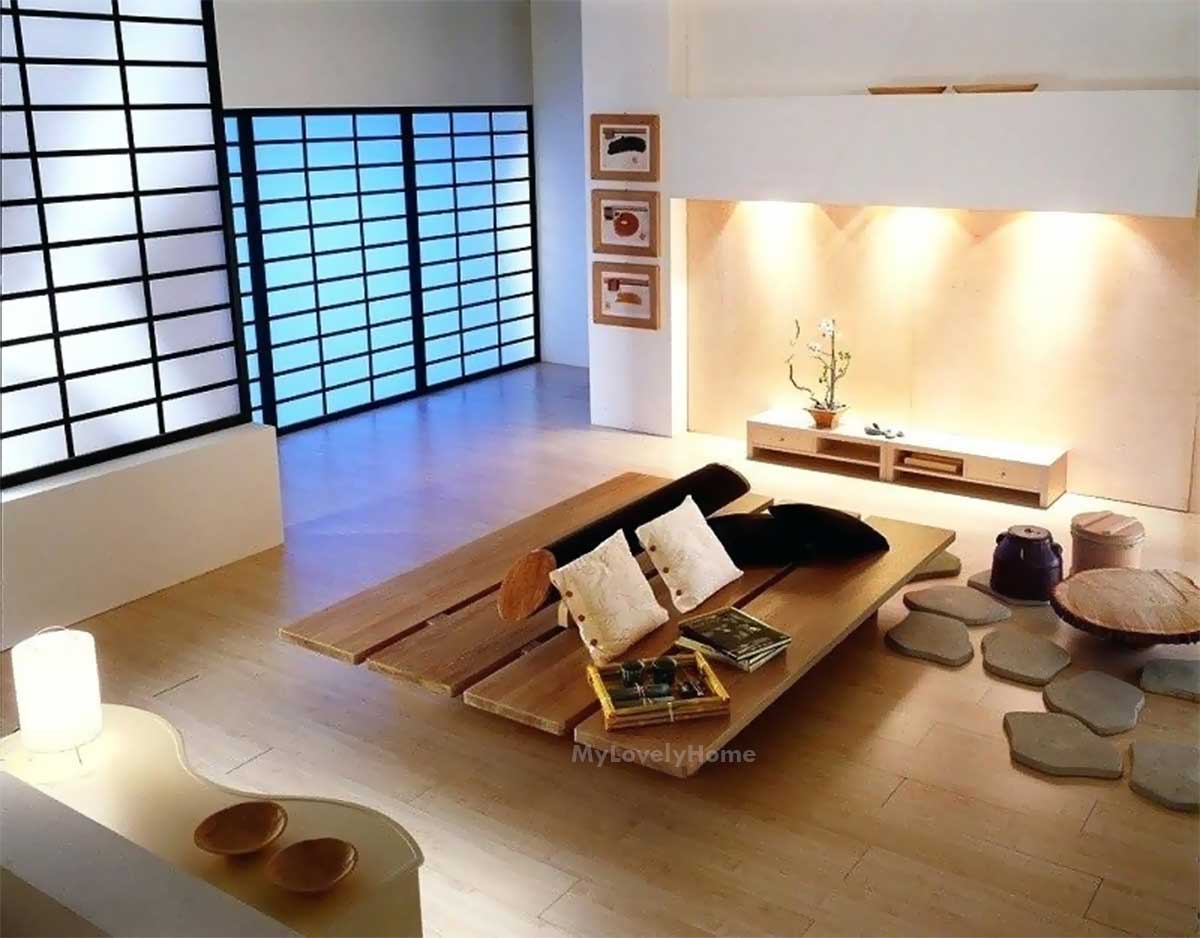







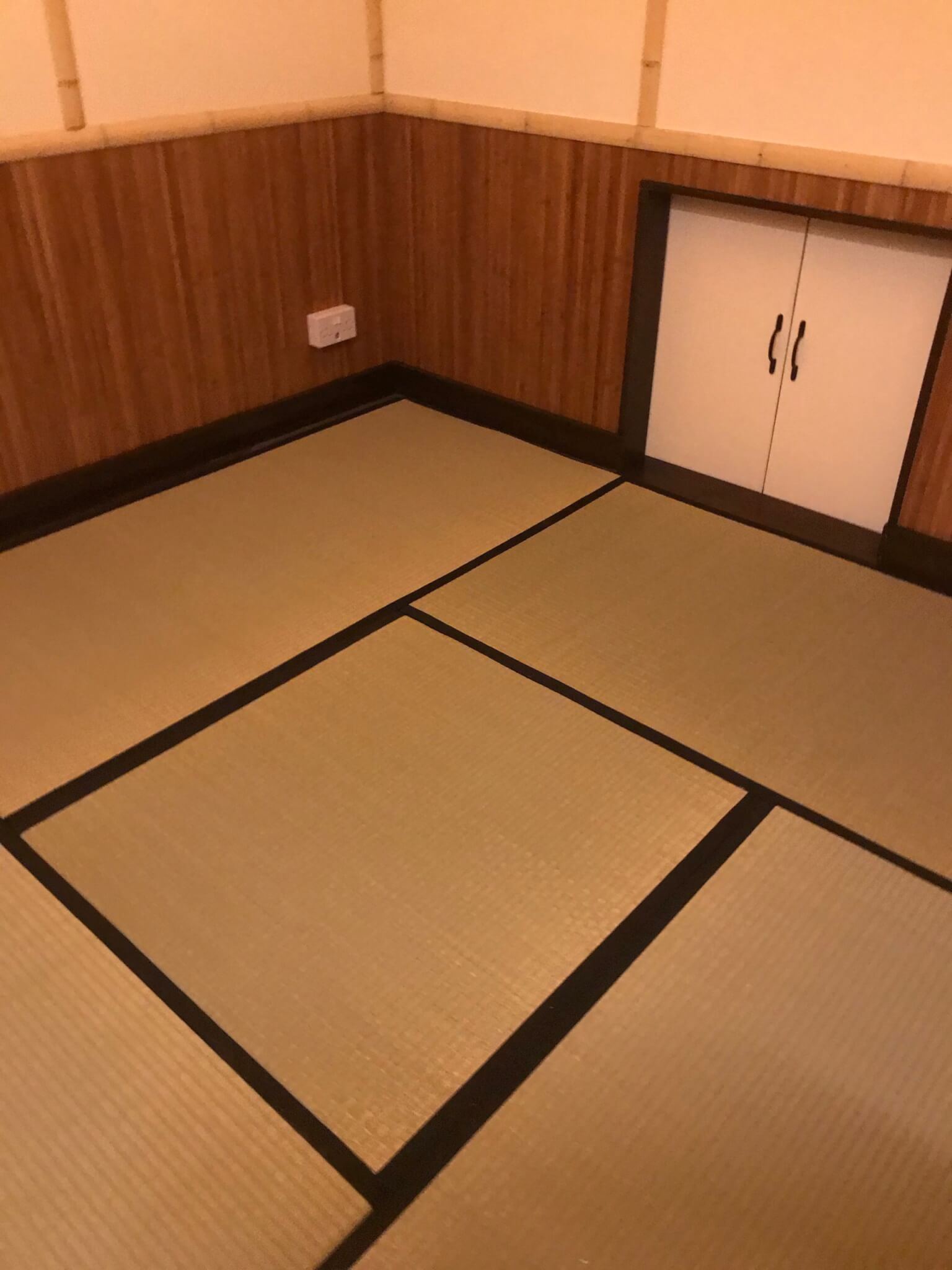
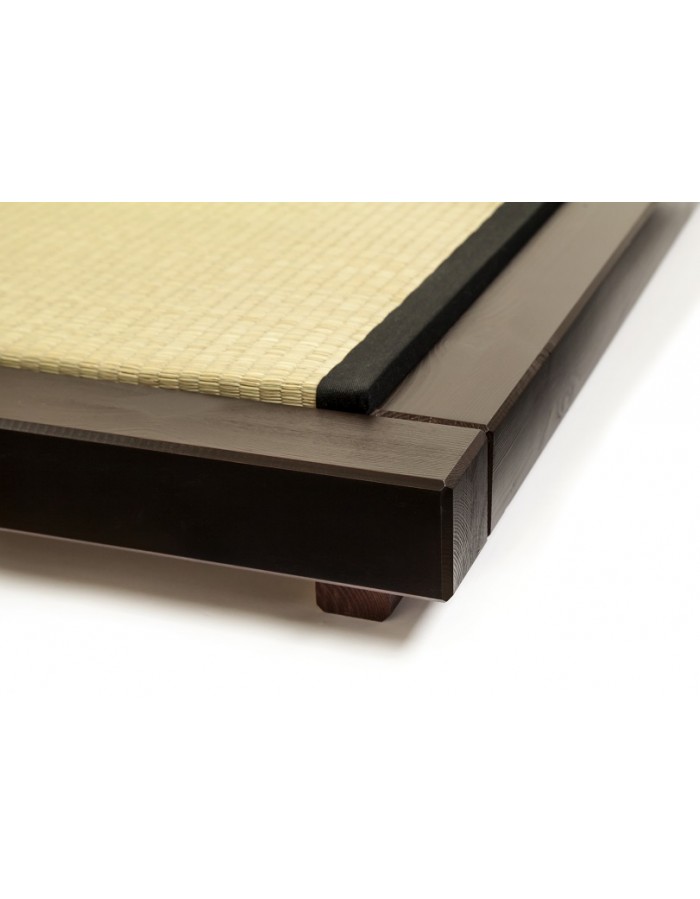


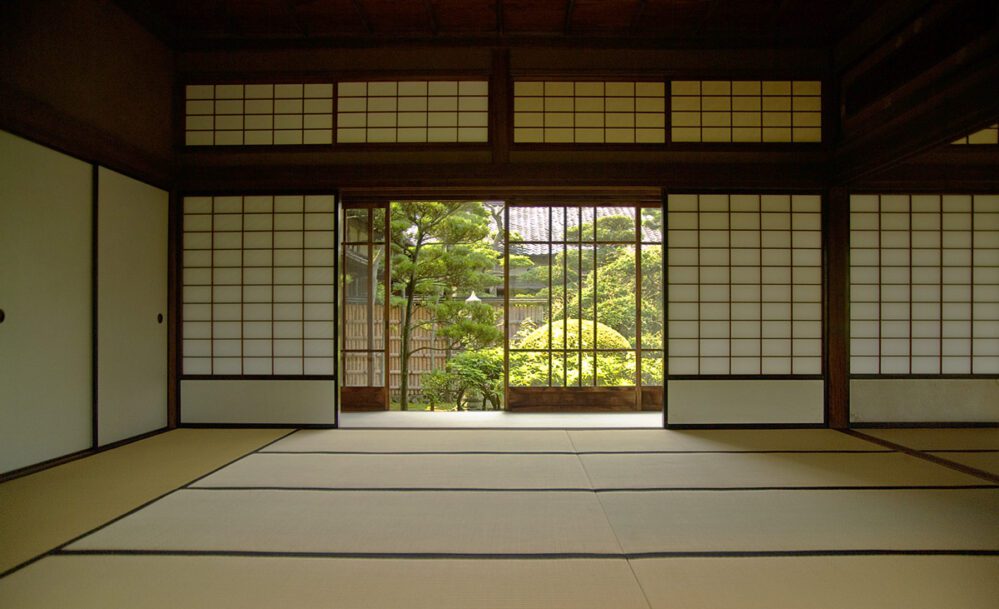

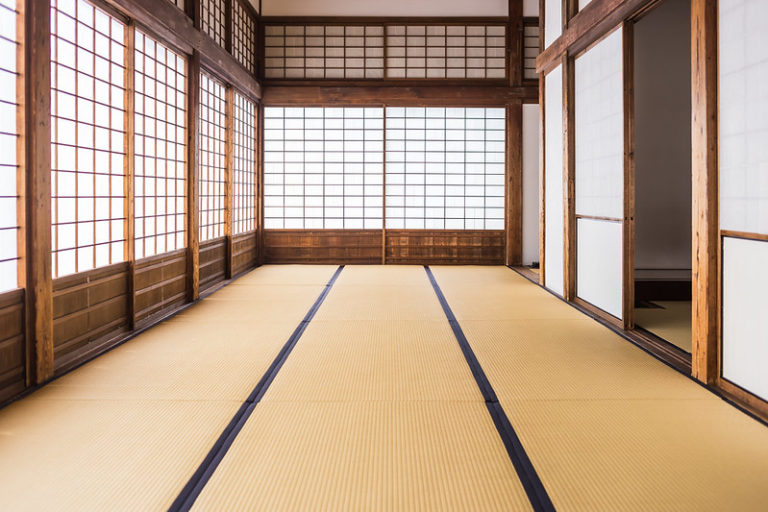



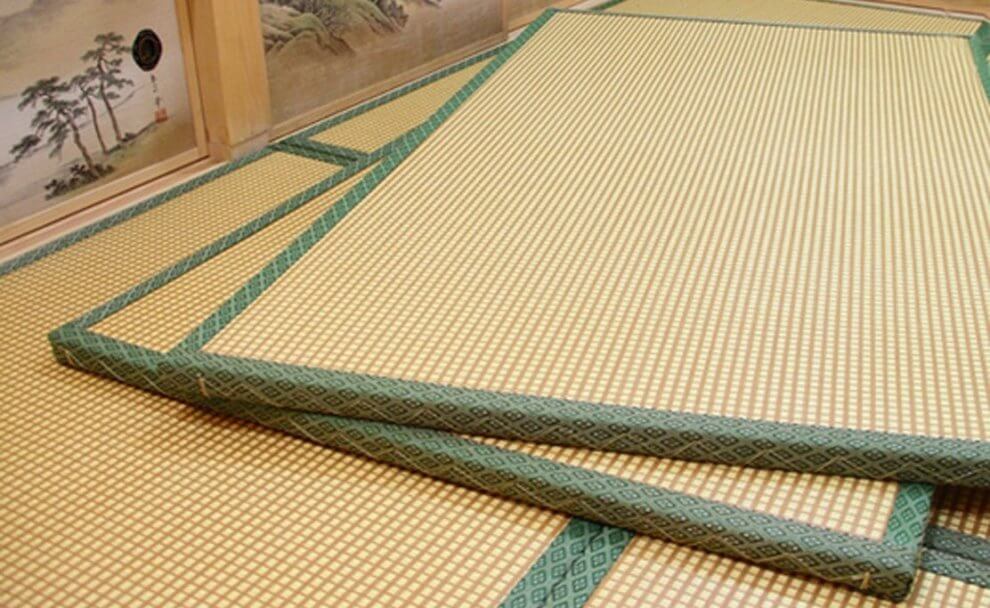

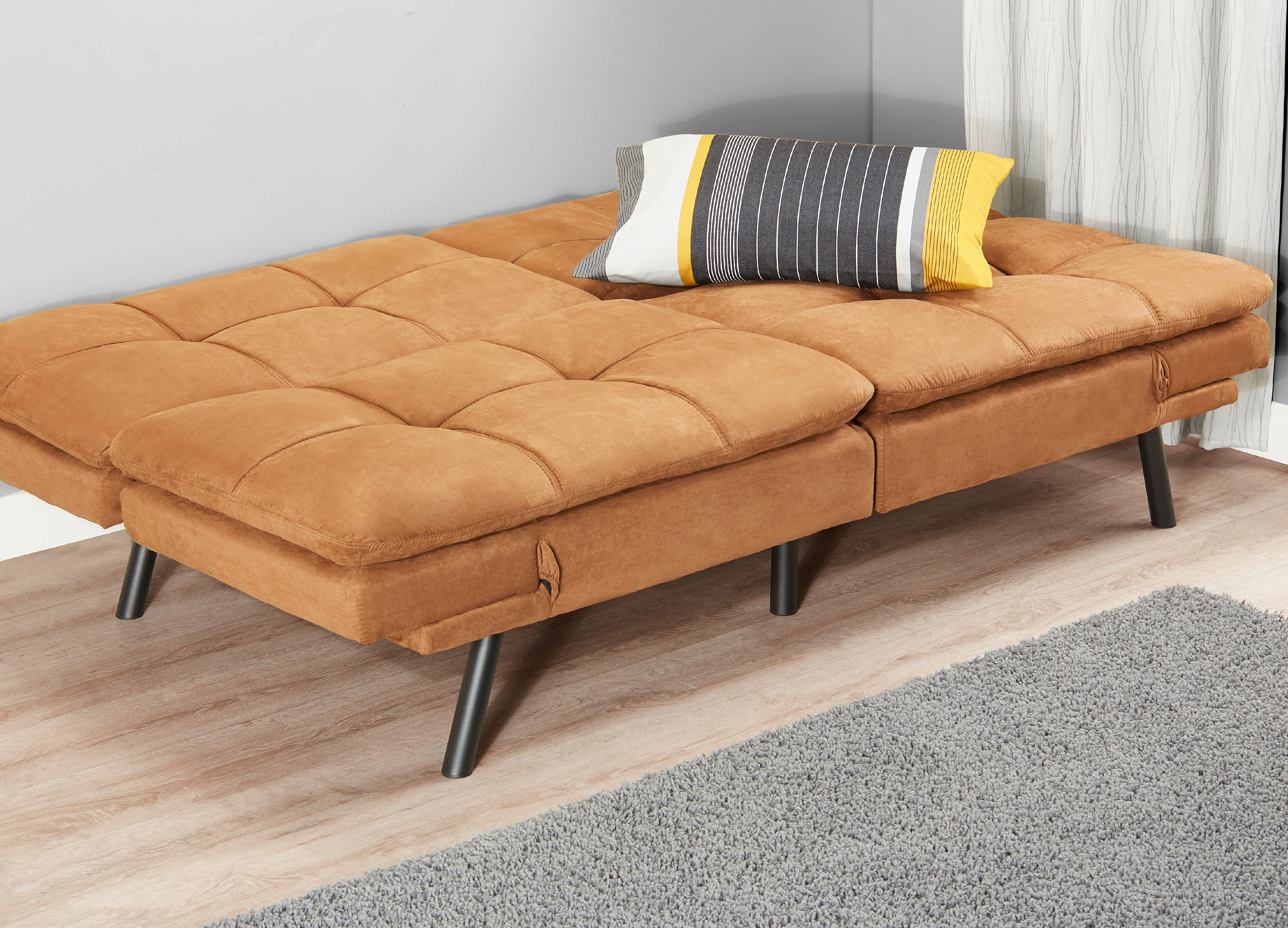
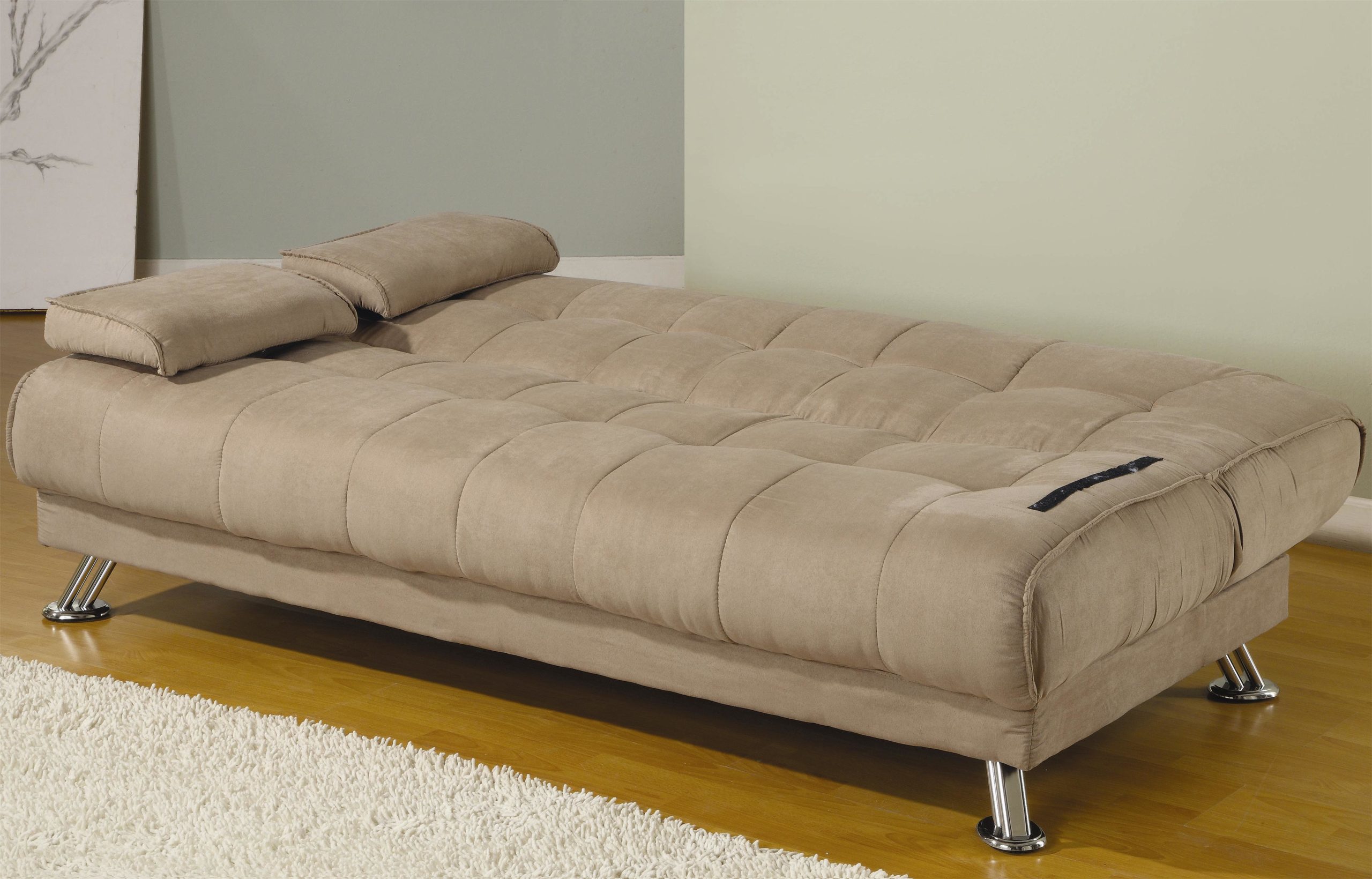










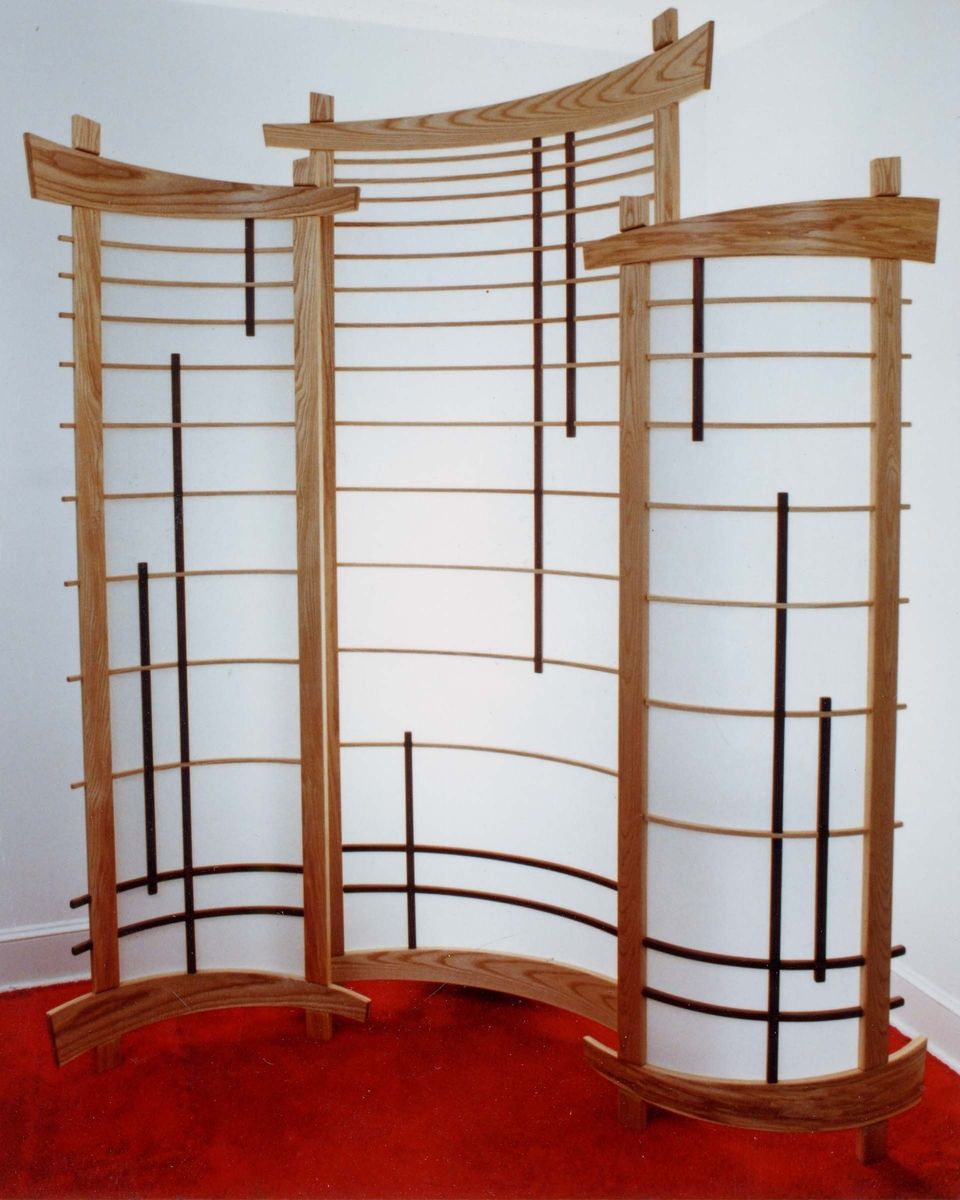

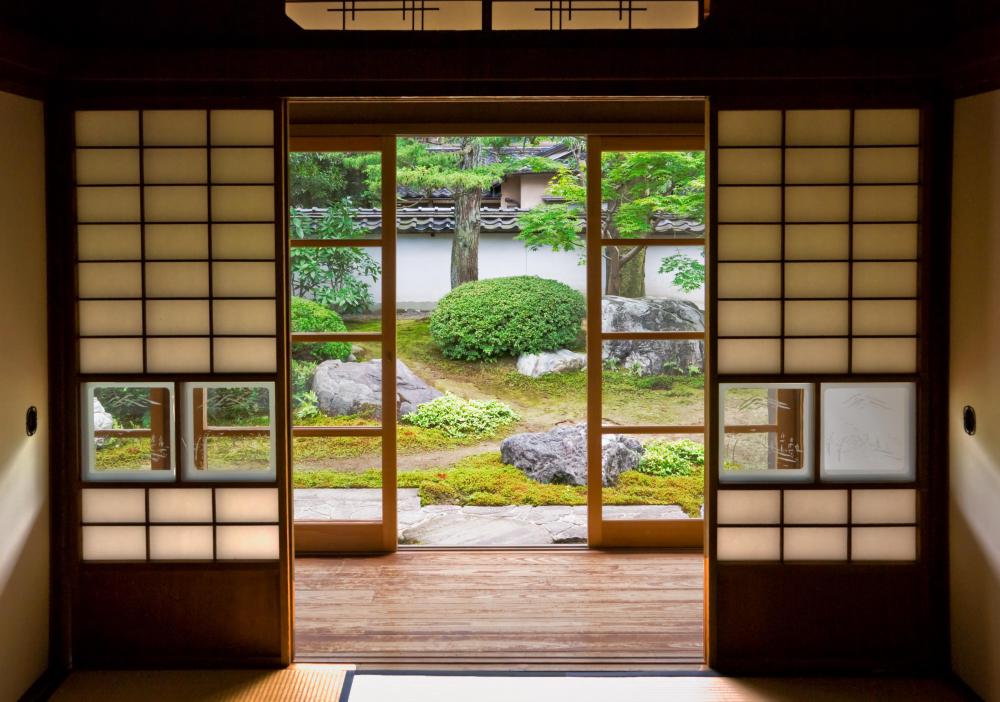
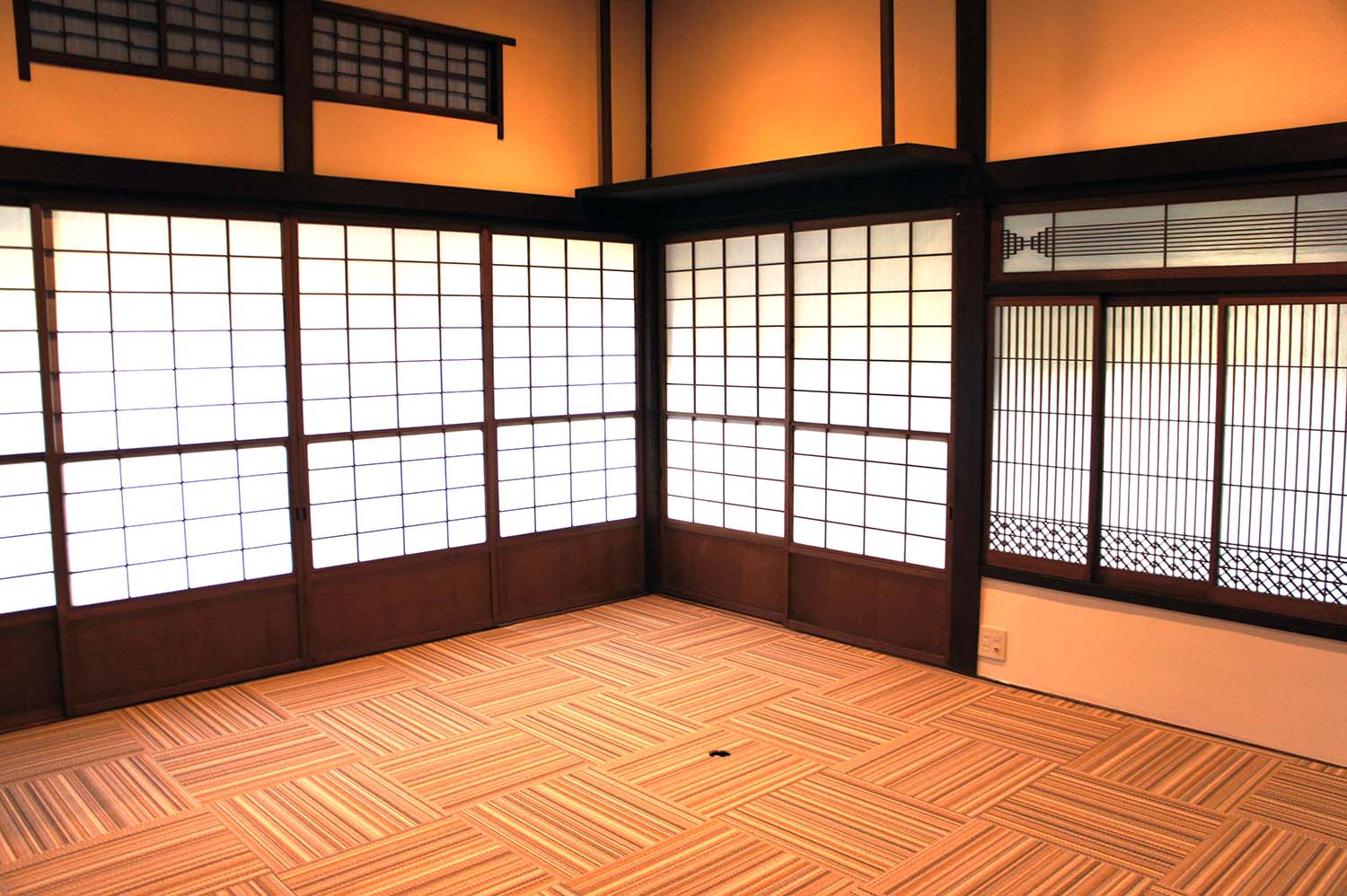
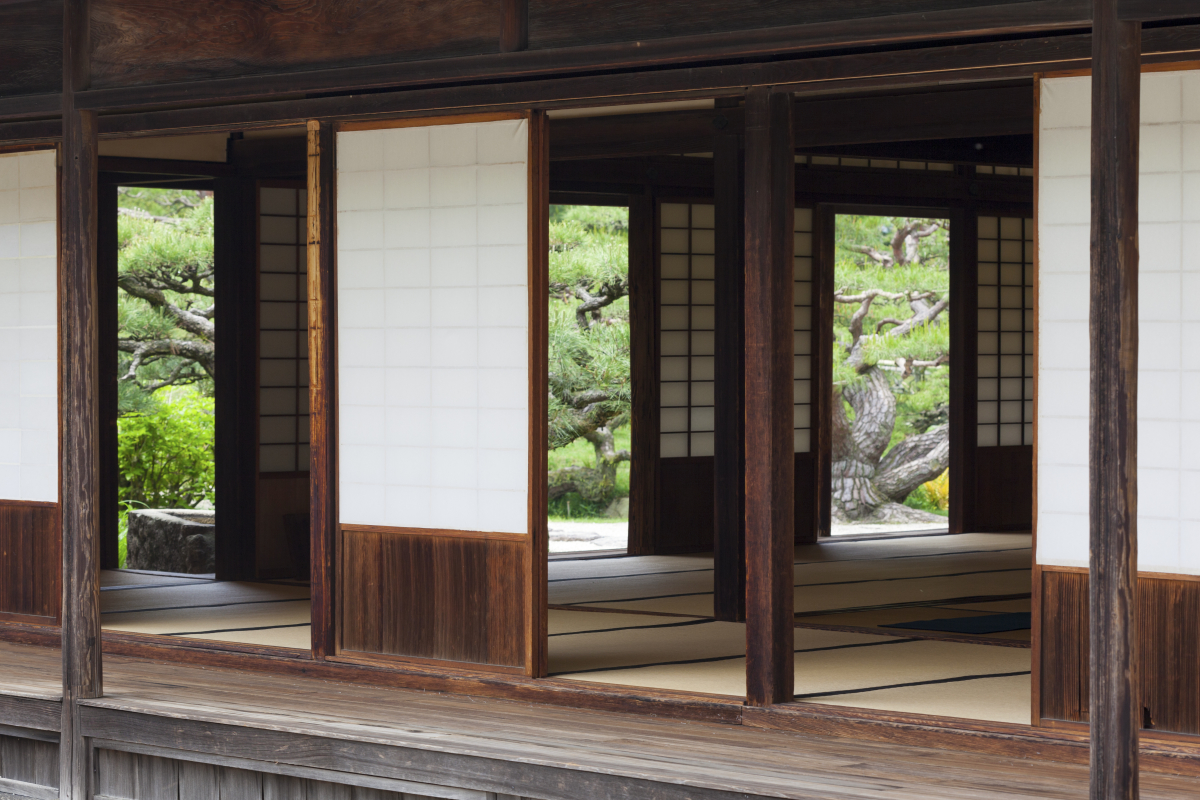


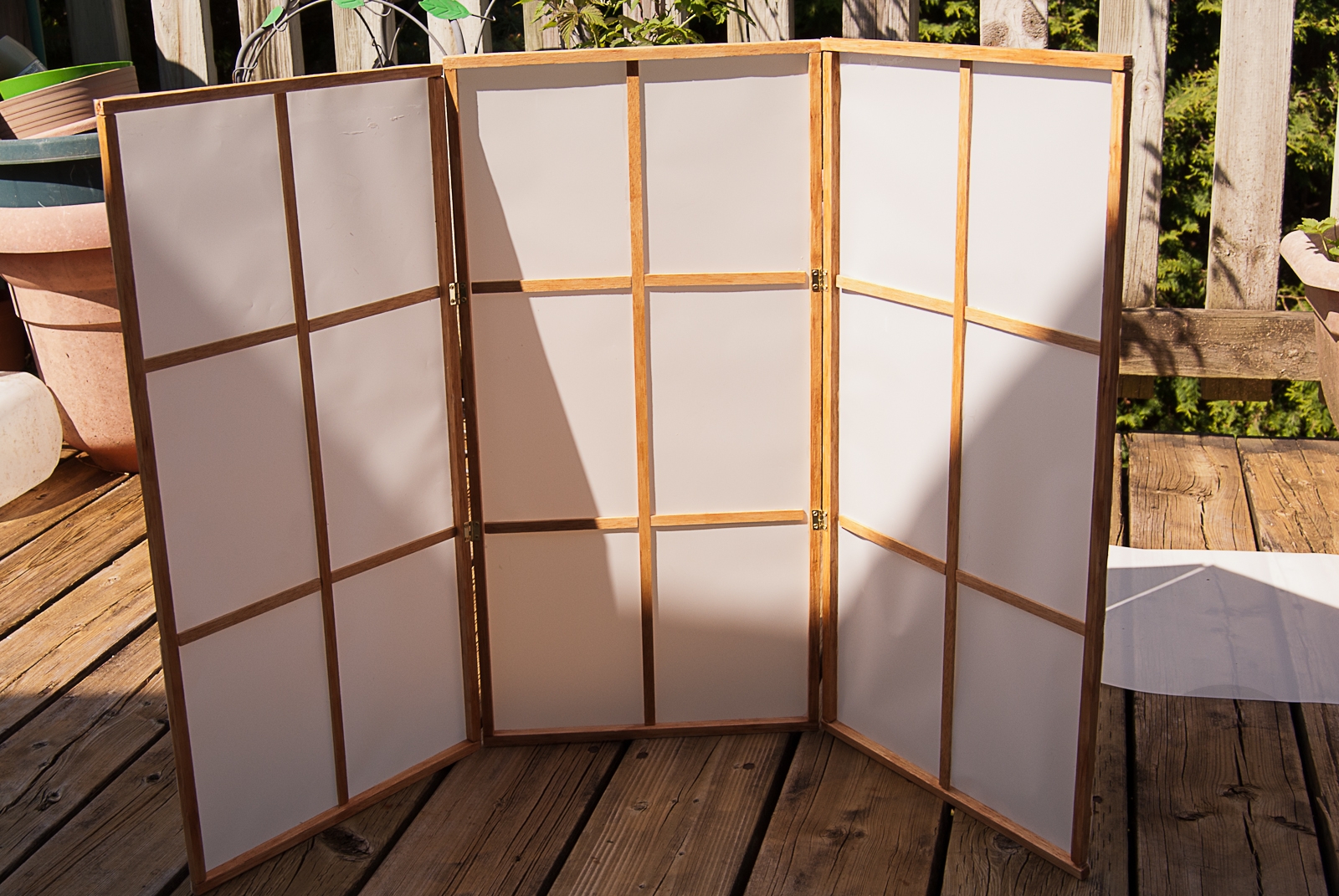

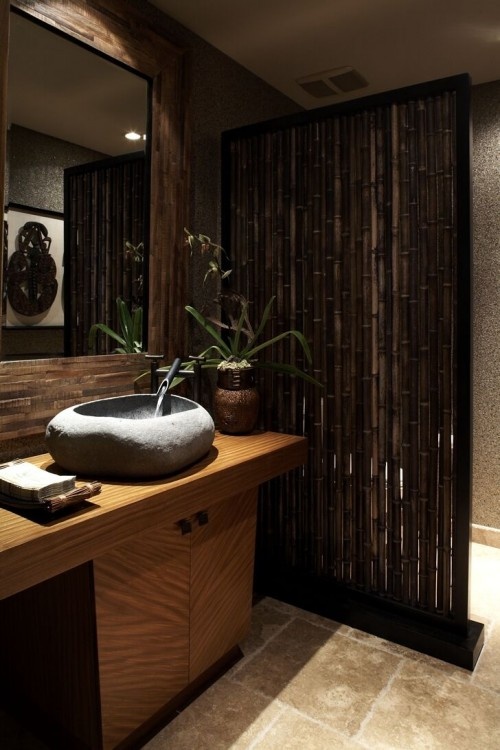

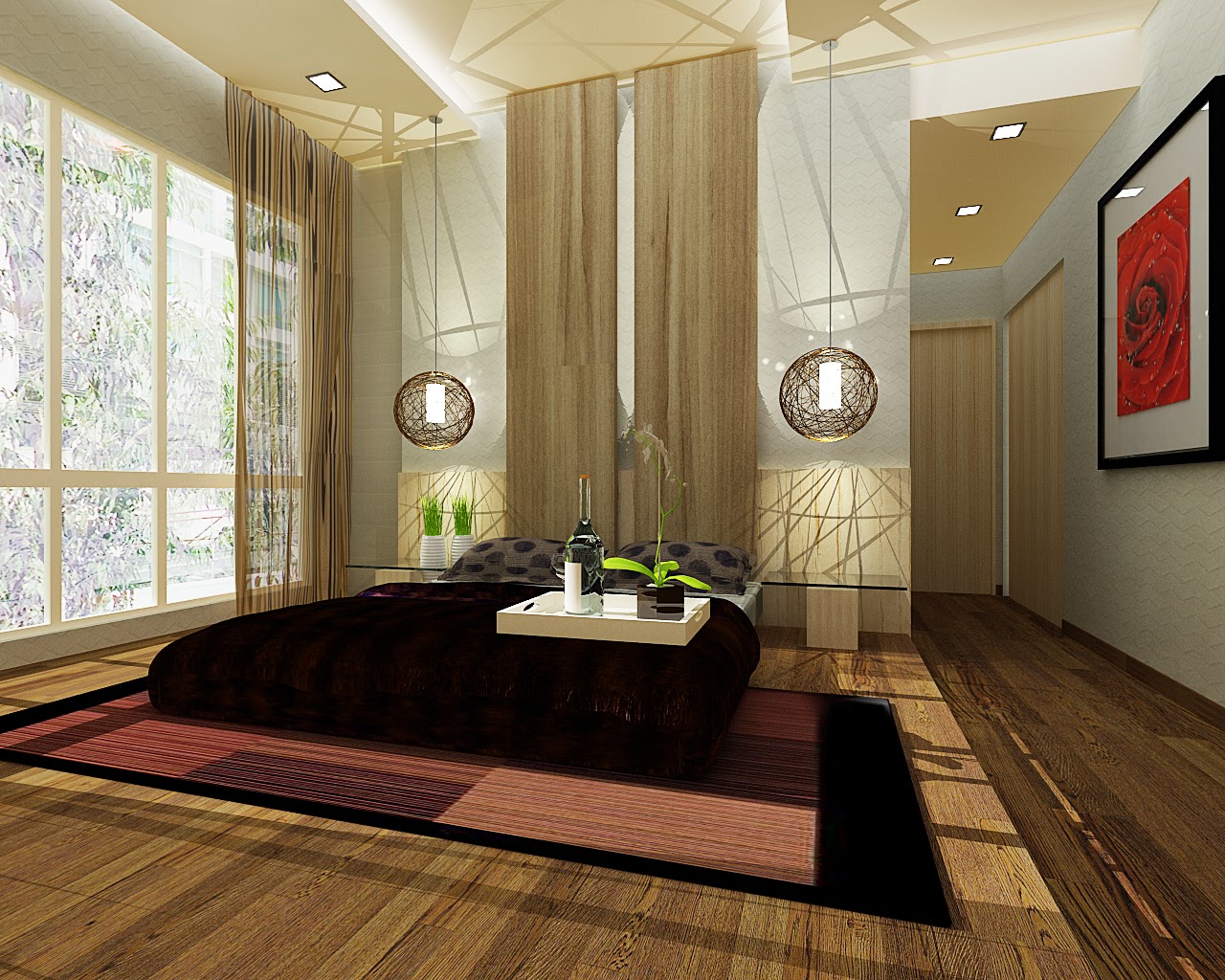
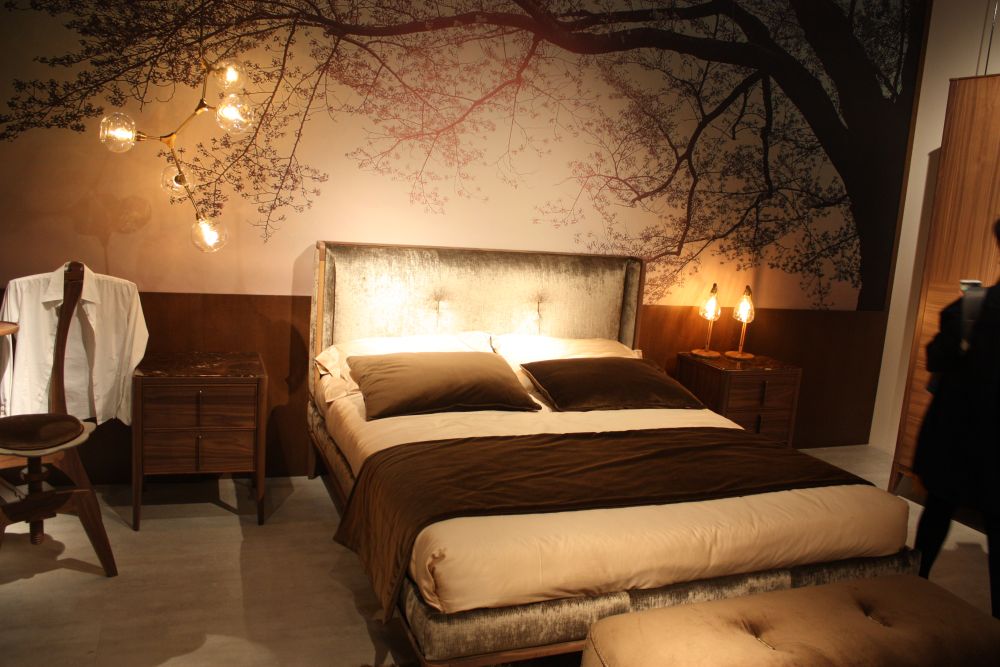


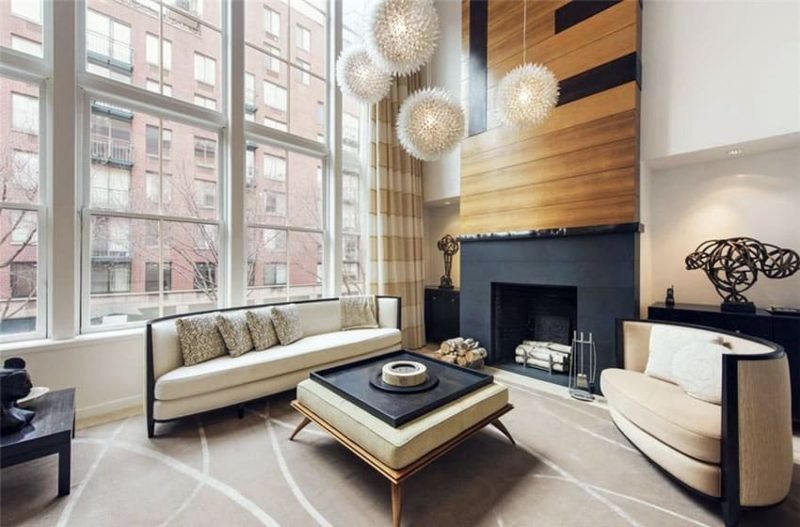

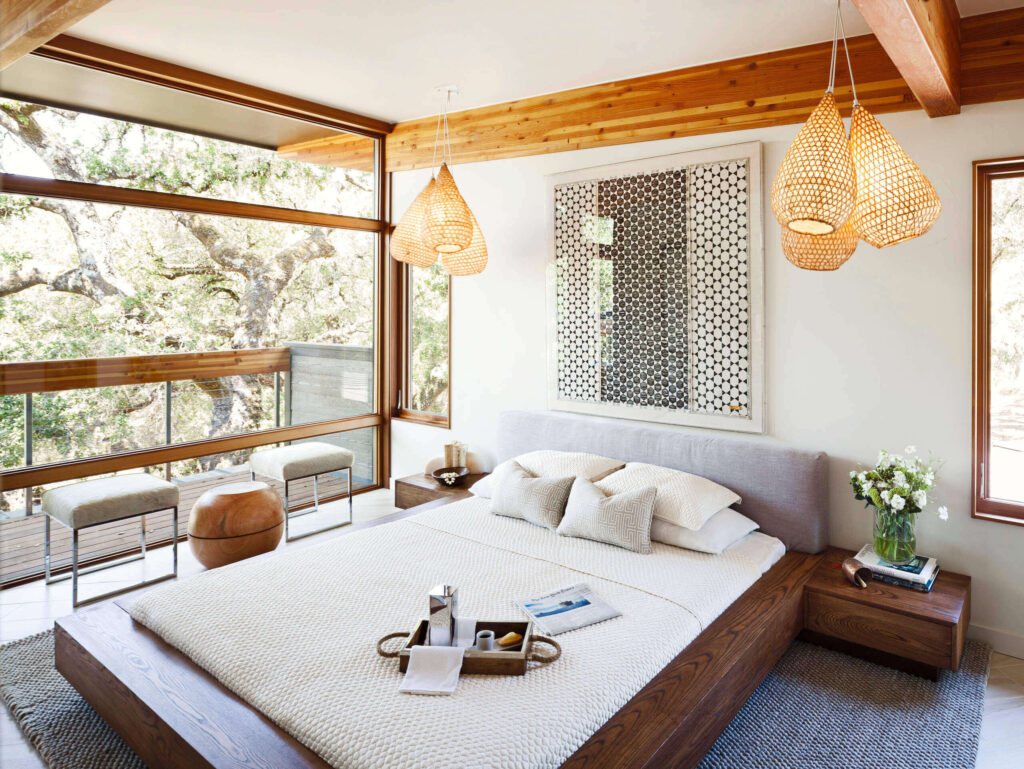
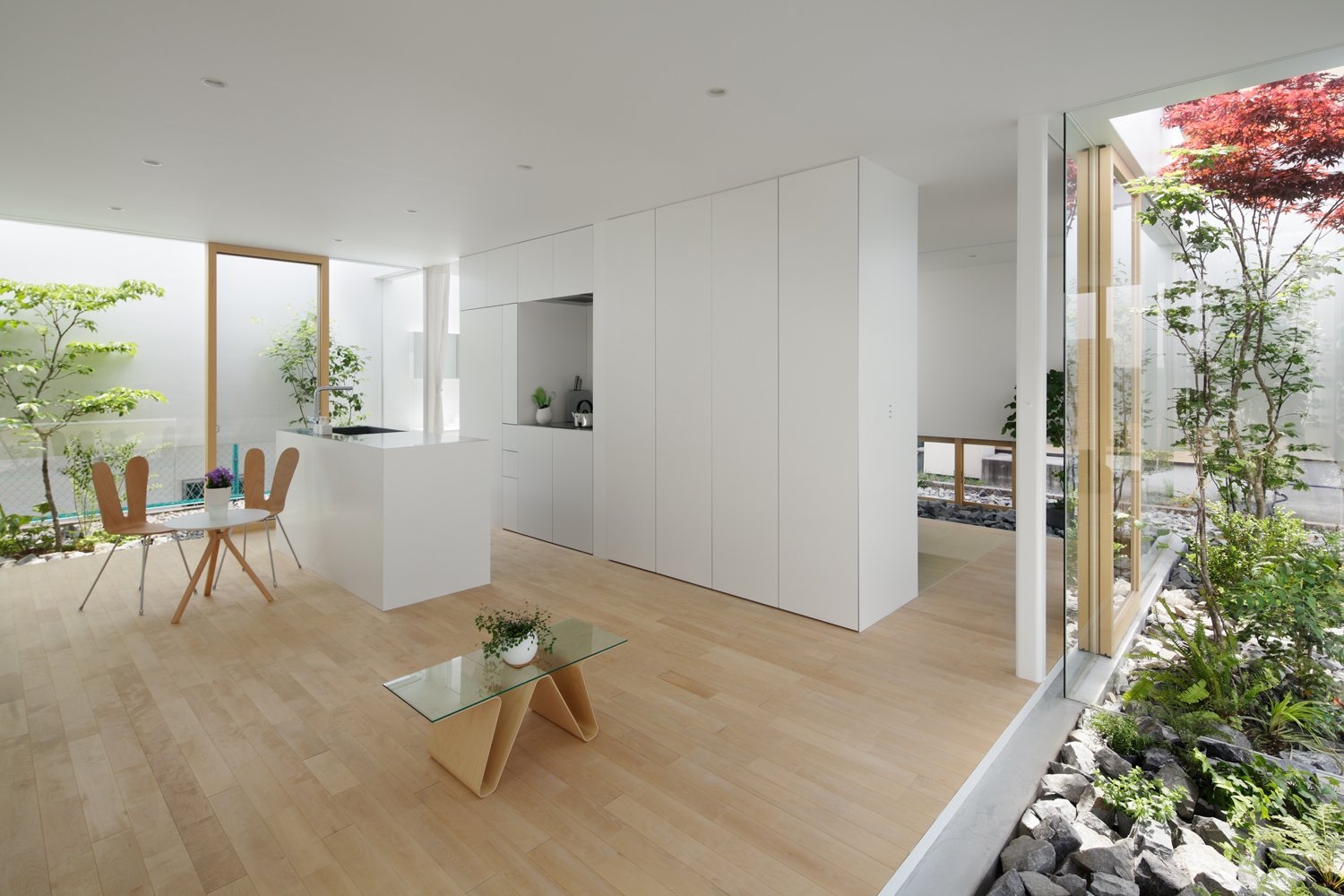



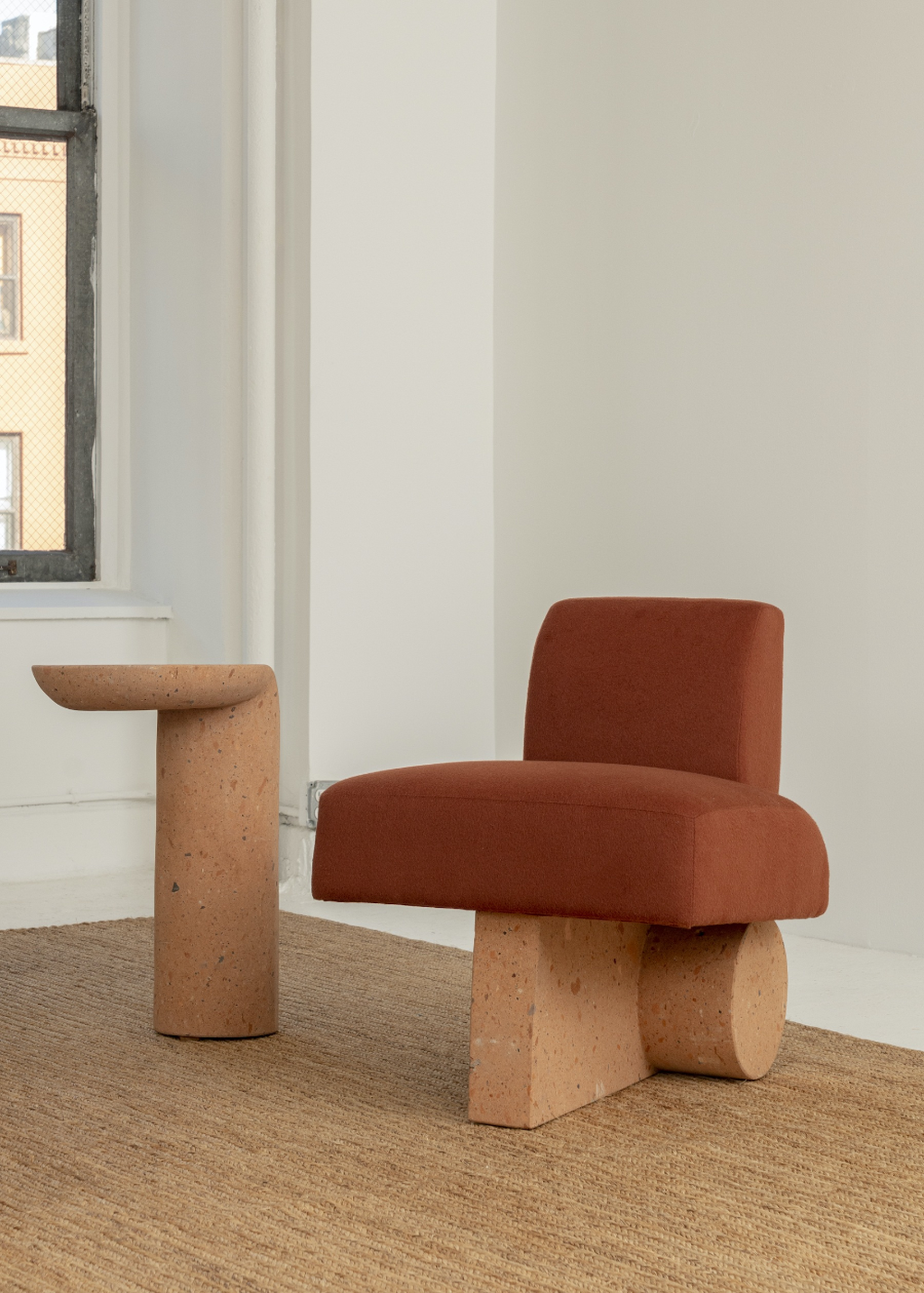


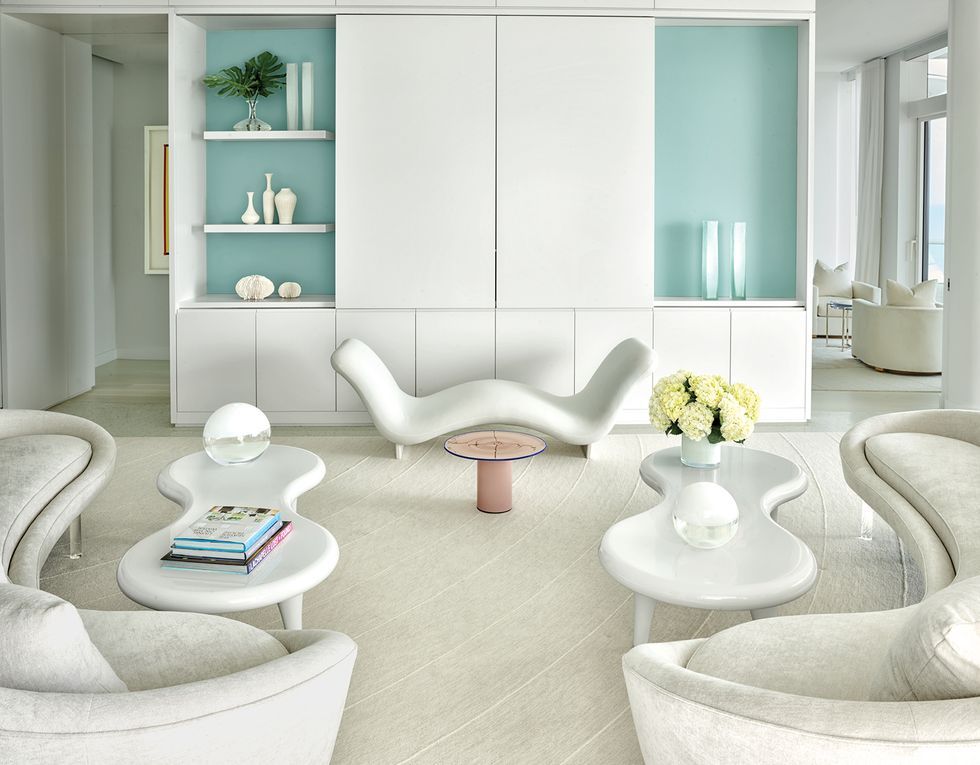

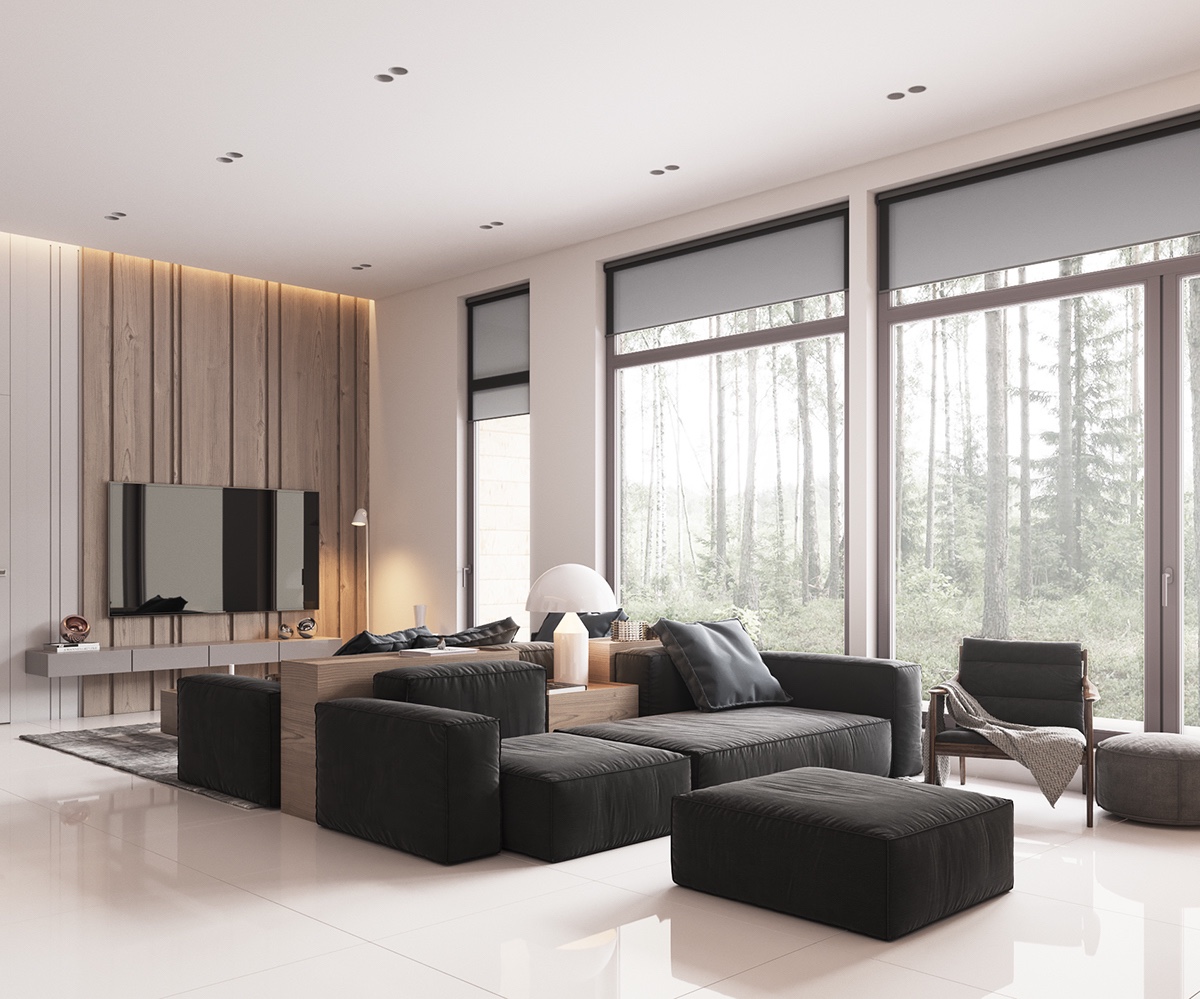
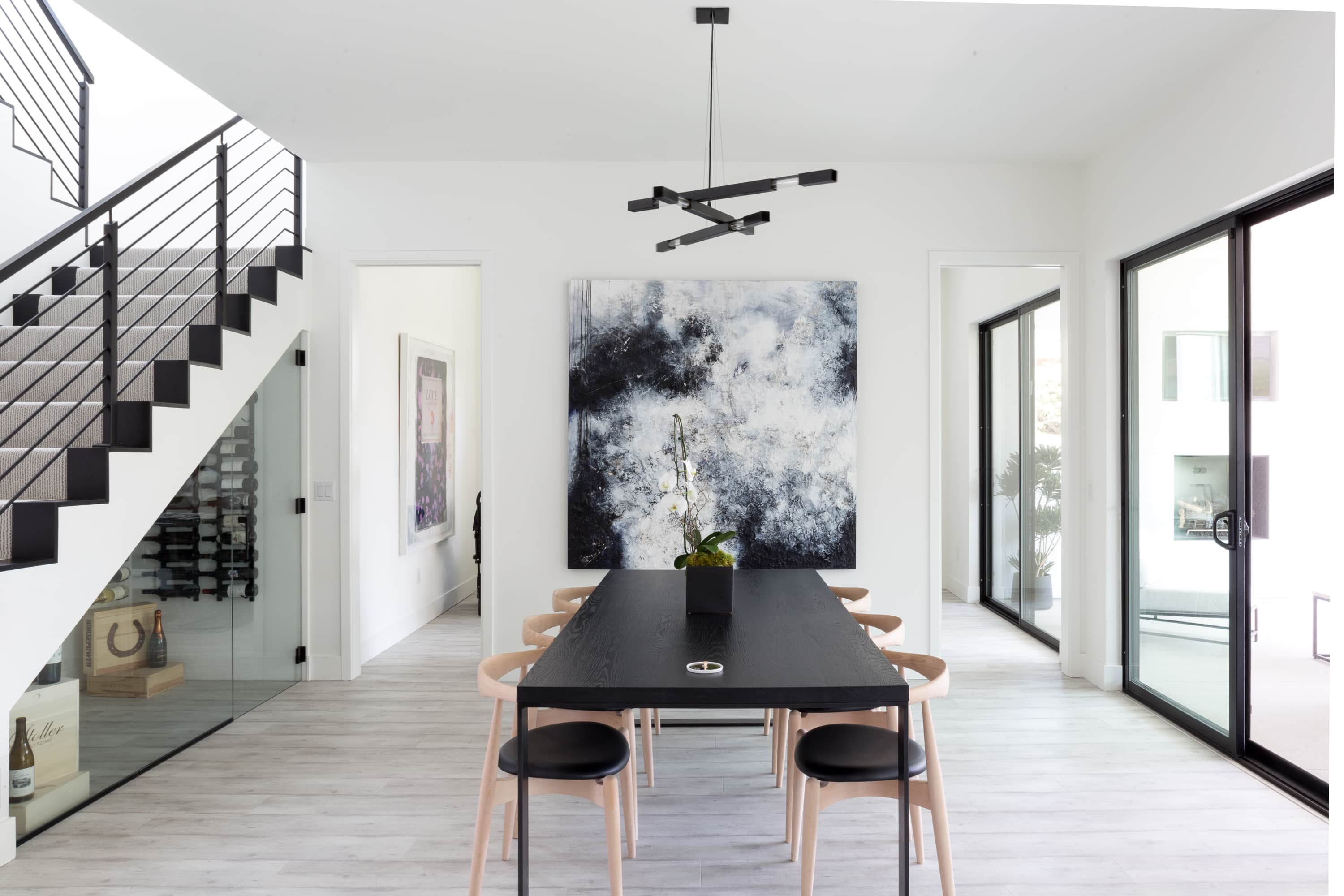
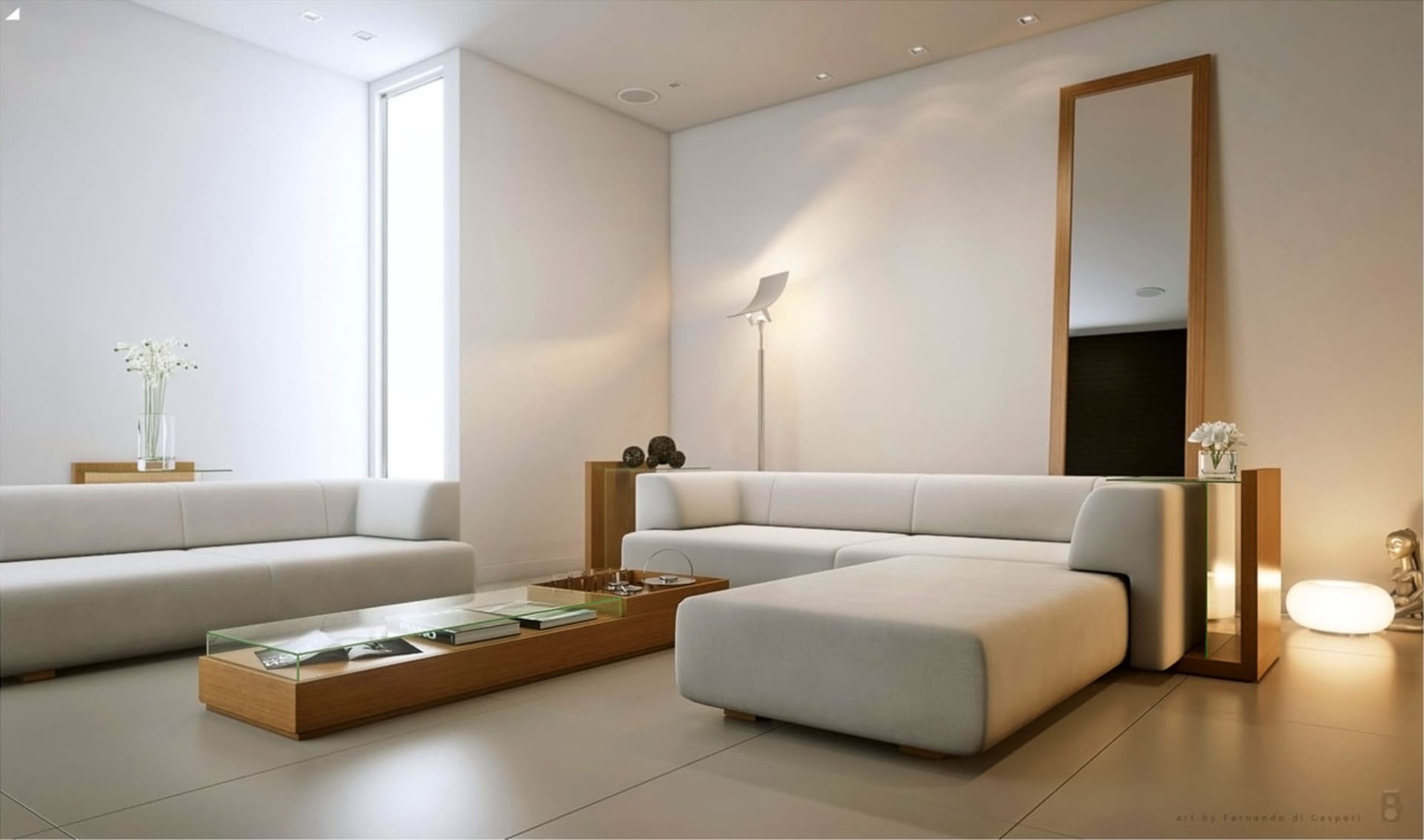
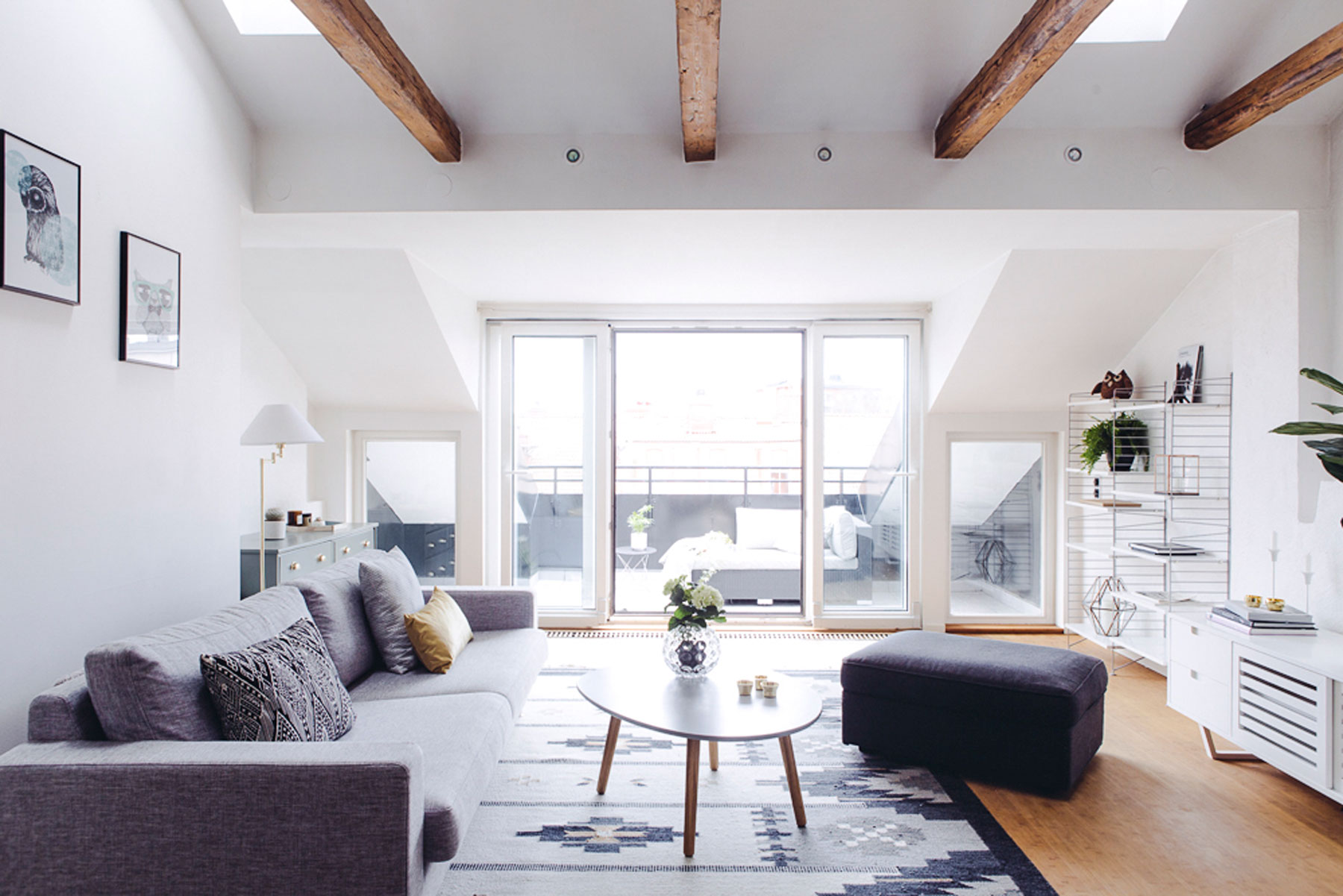
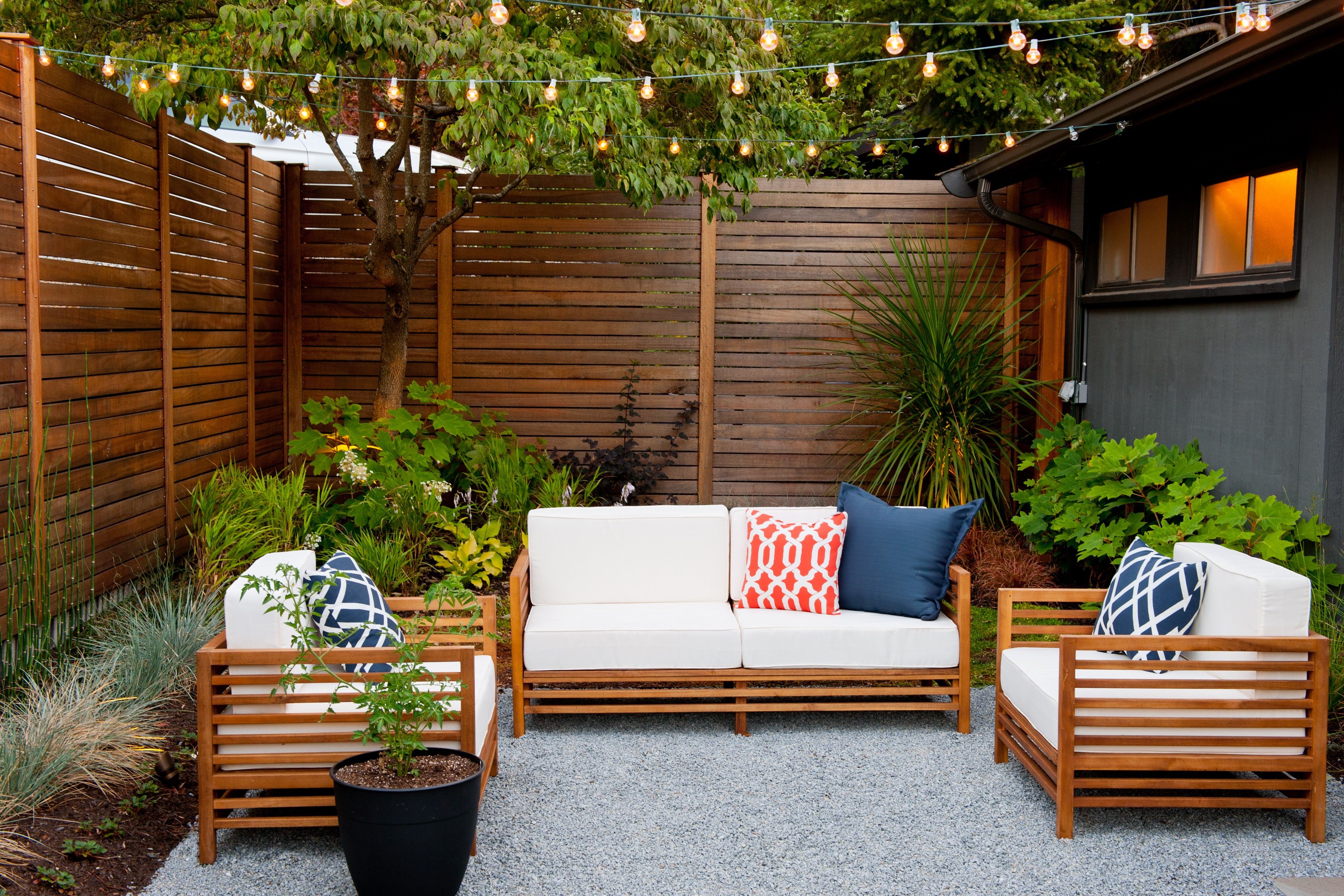

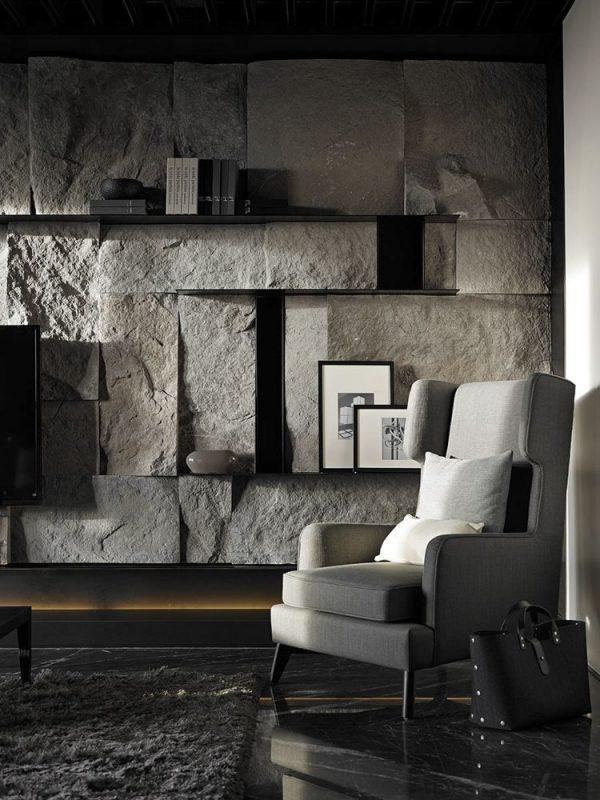





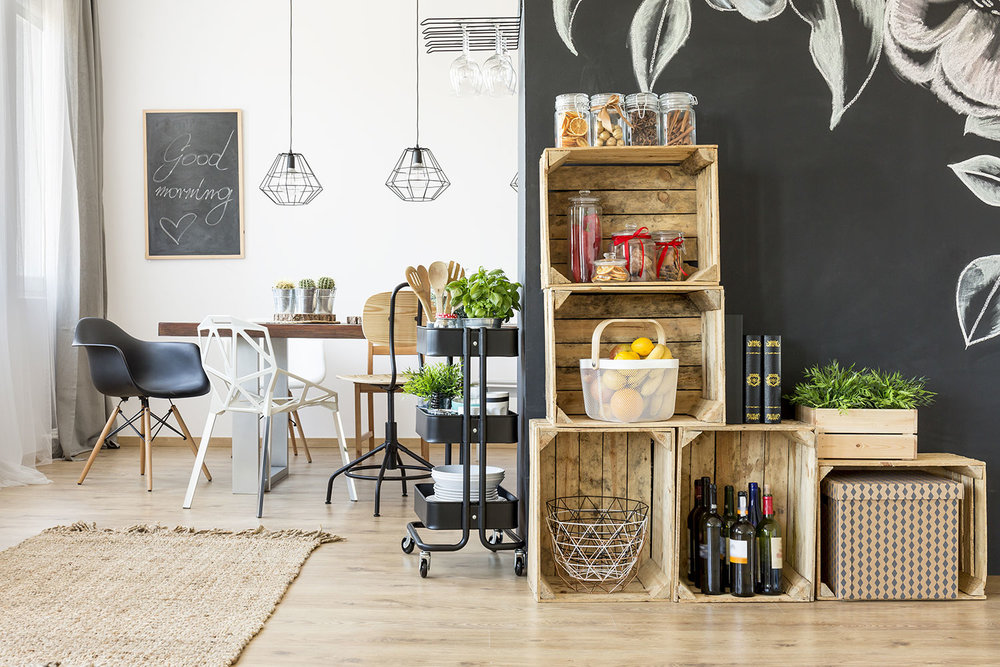


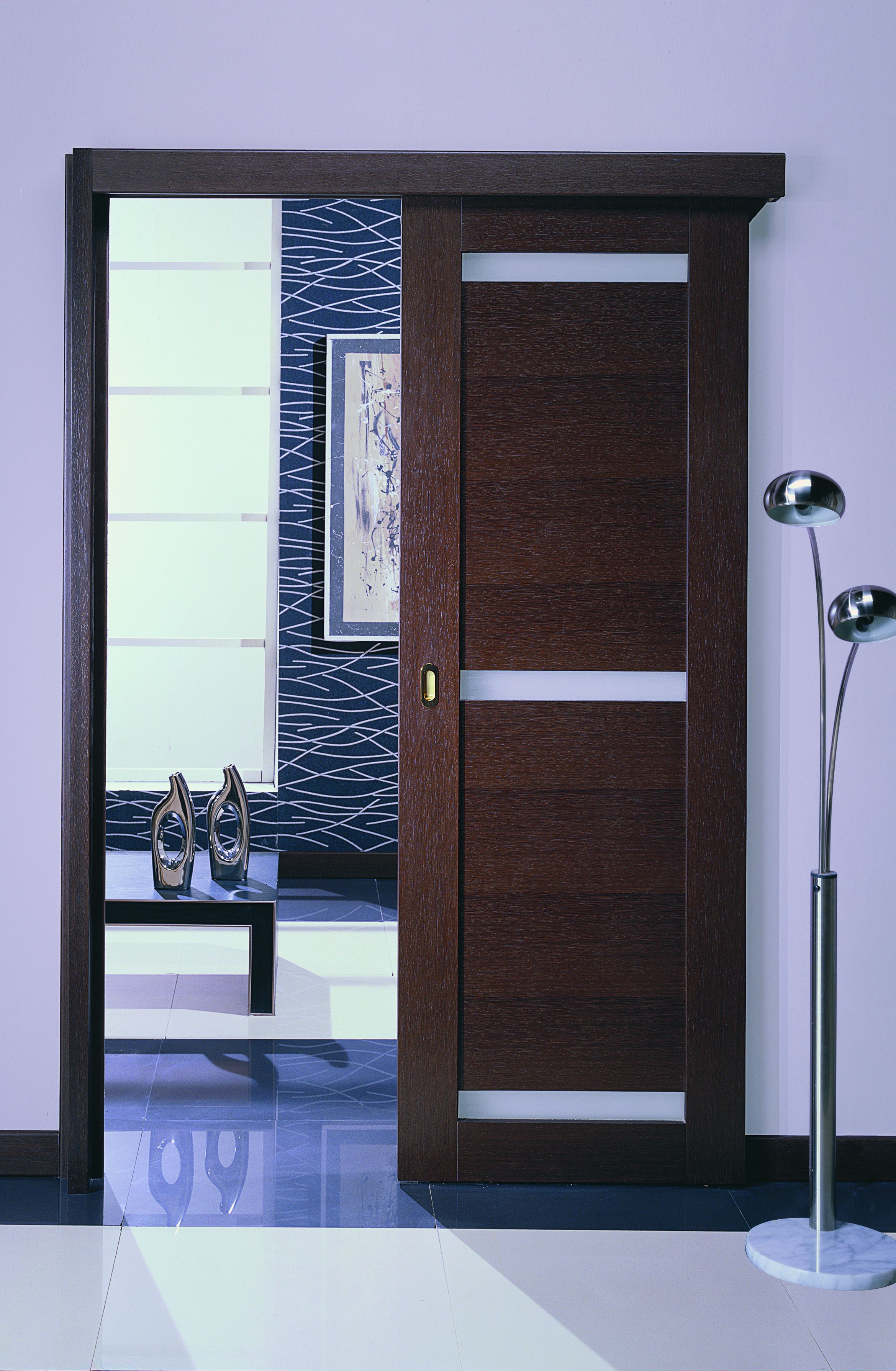




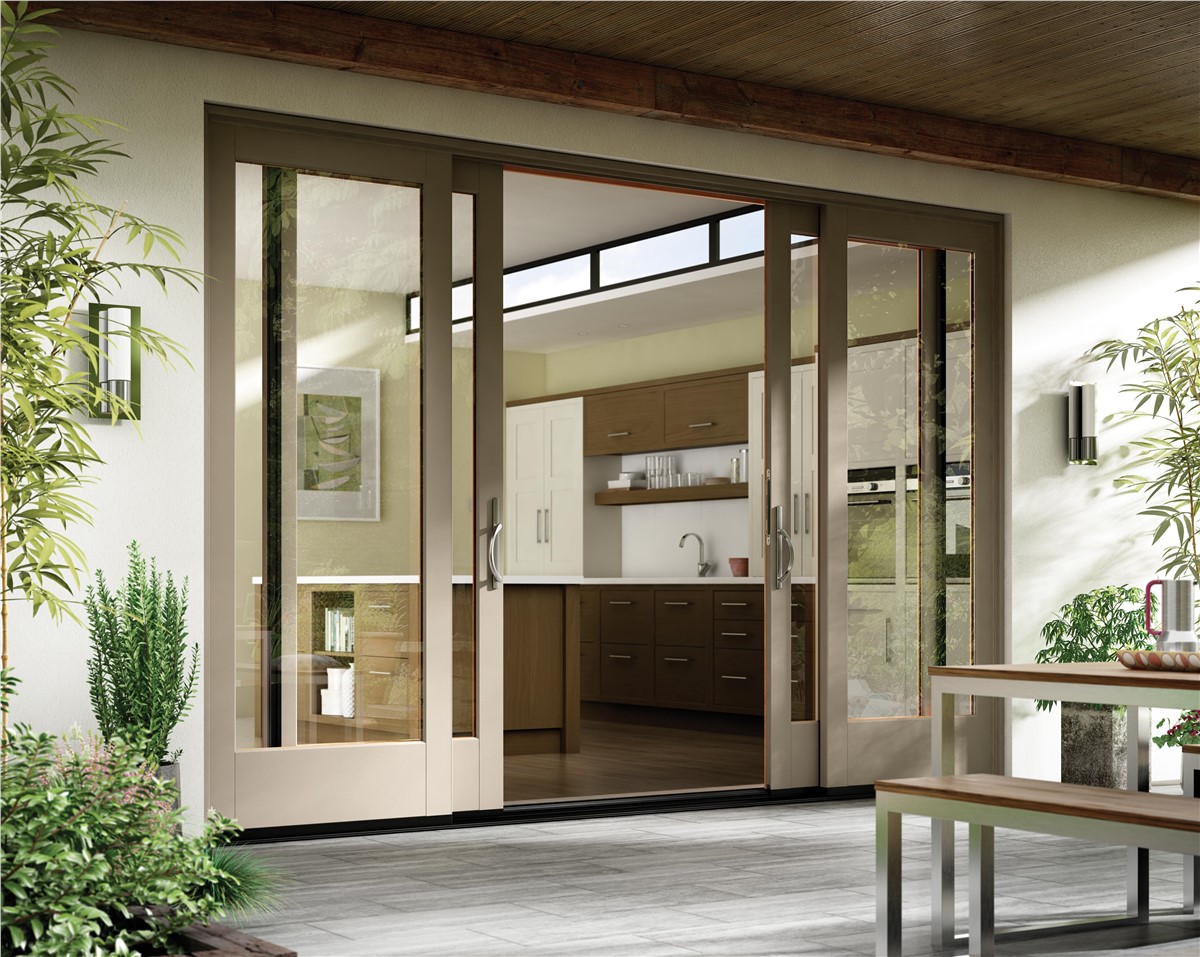
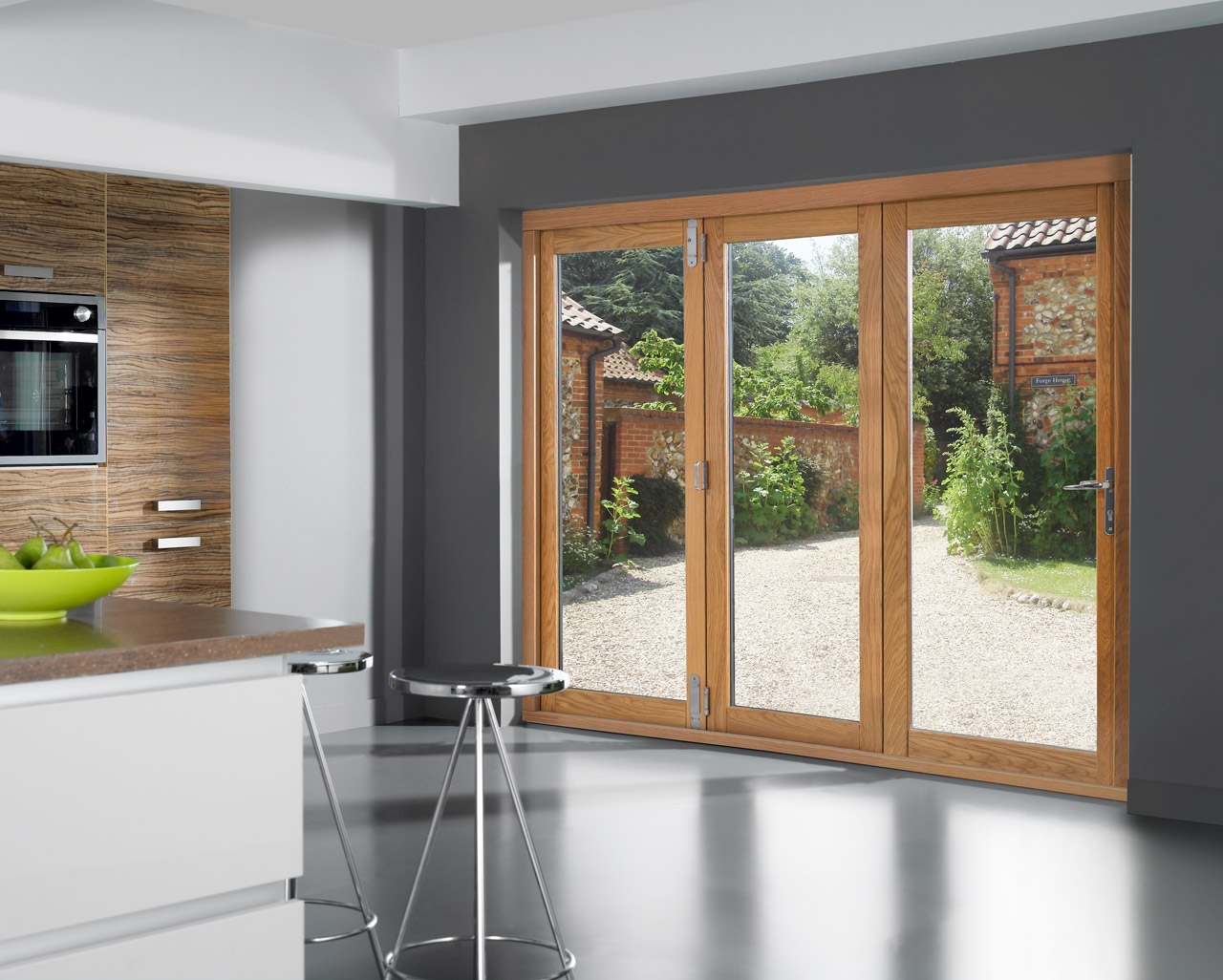




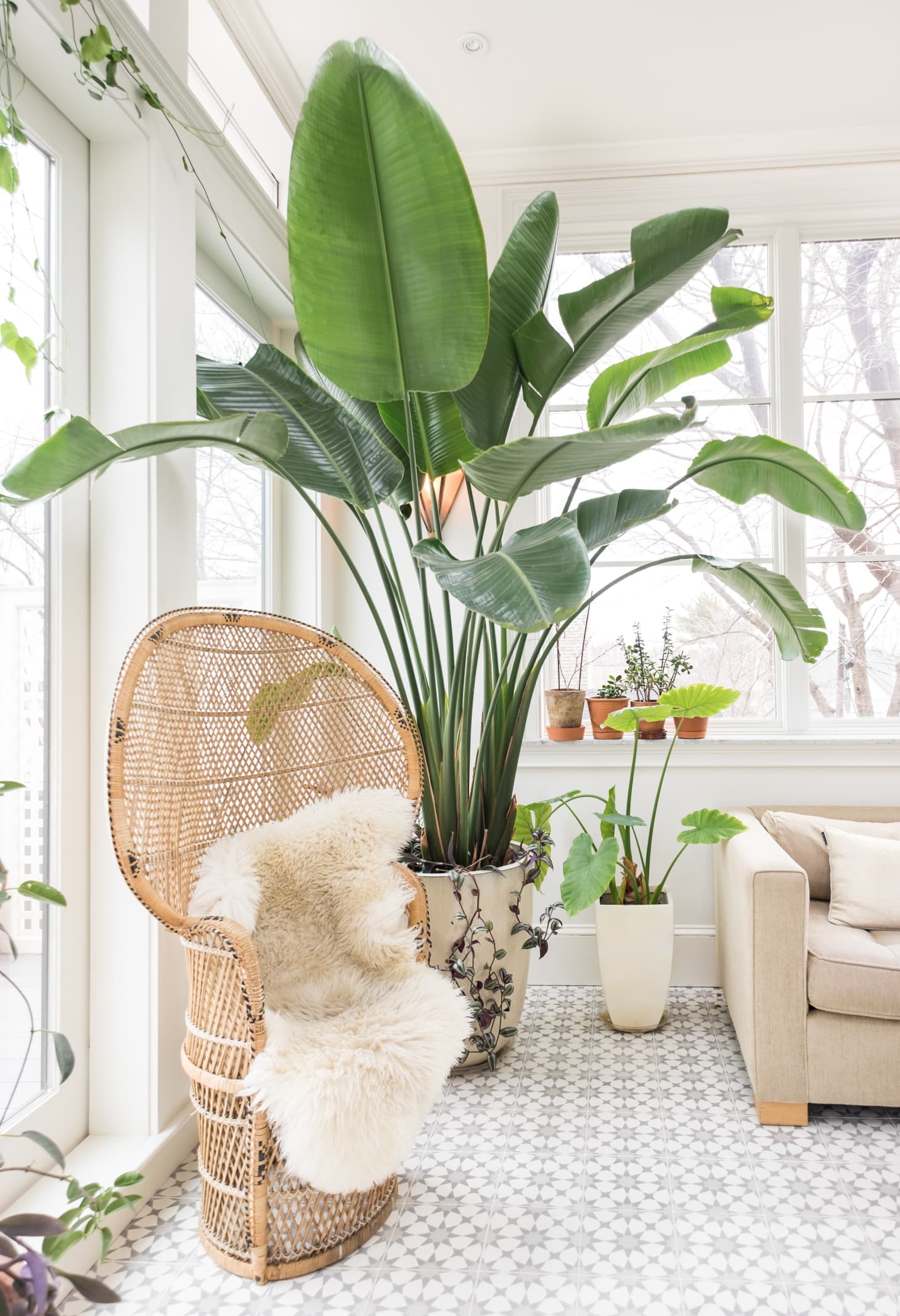












.jpg?v=903e368a)

